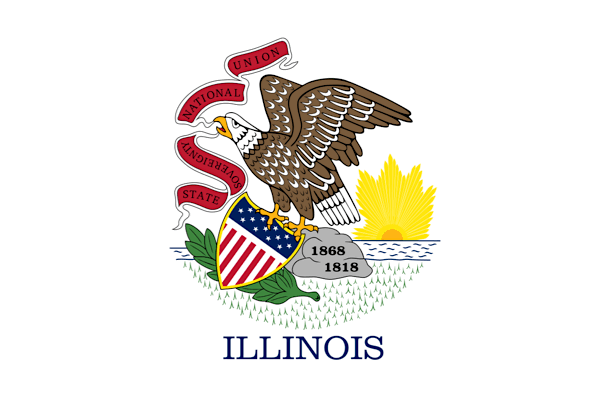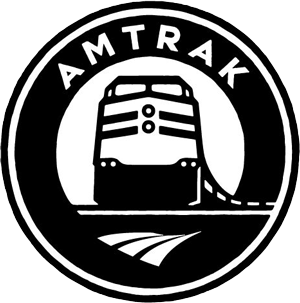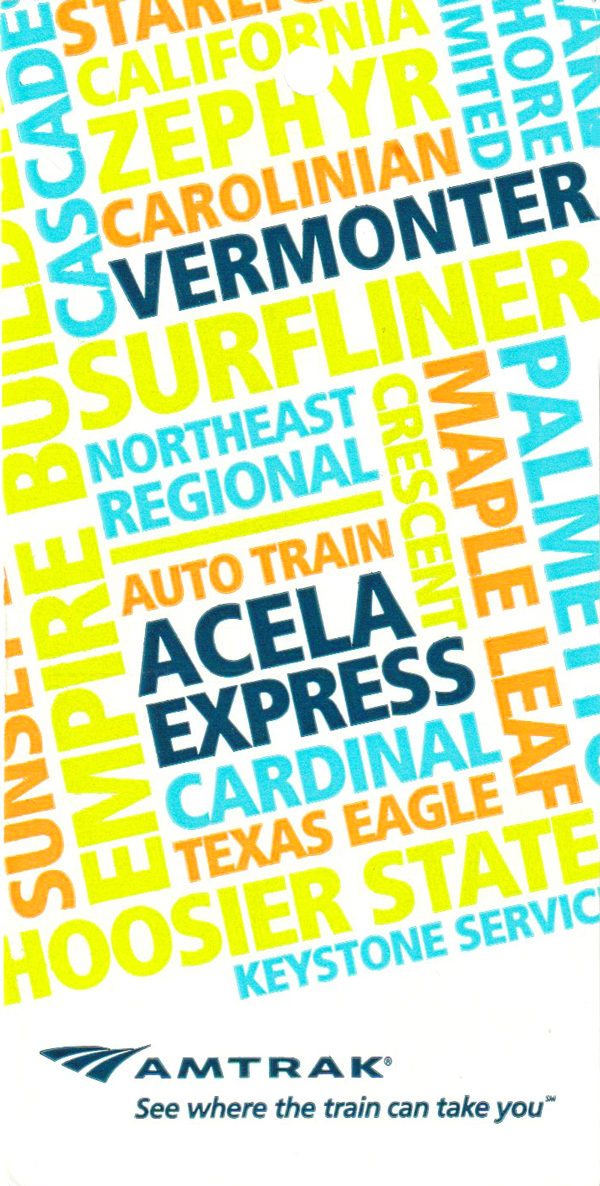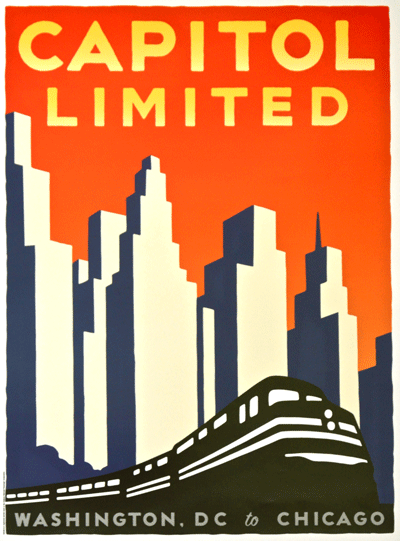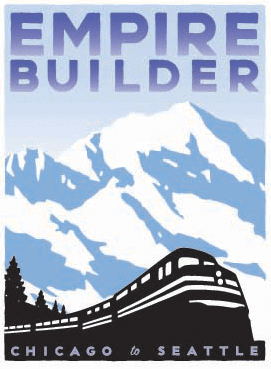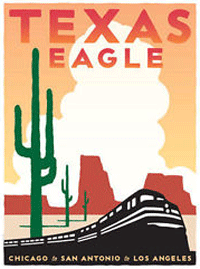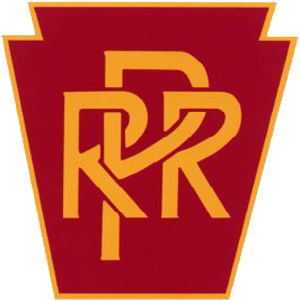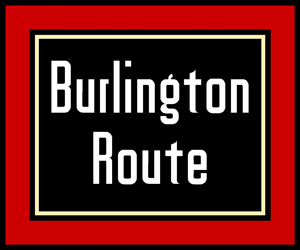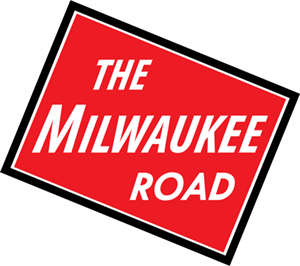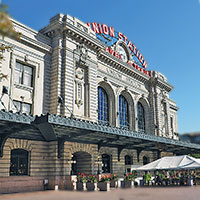 |
Amtrak Great Stations Chicago, Illinois |
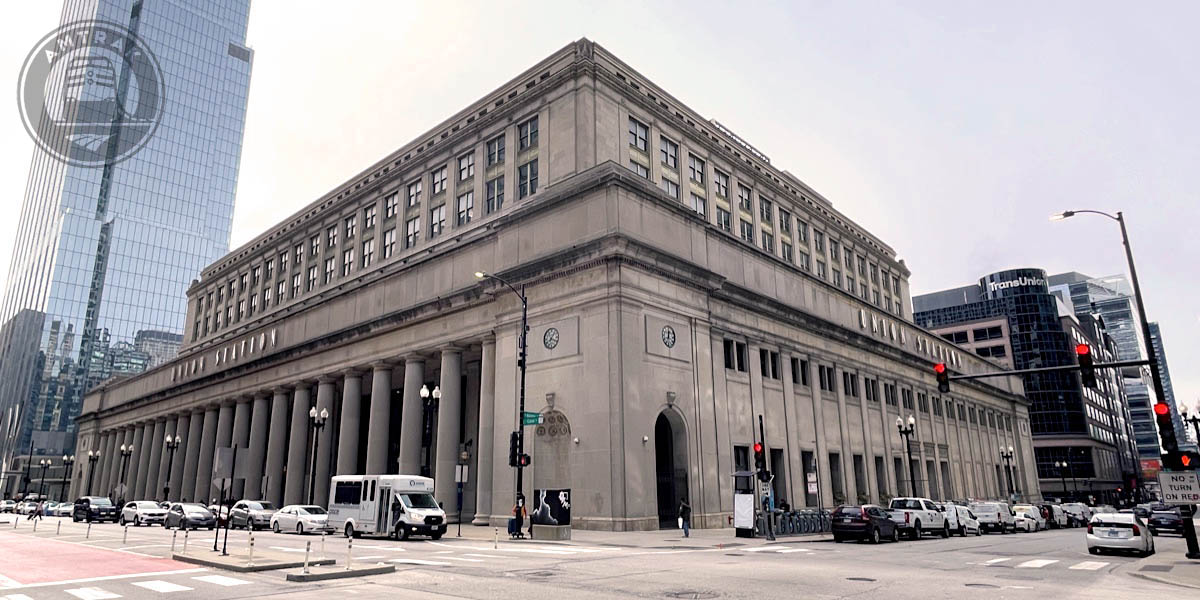
Chicago, Il / Mar 2023 / RWH

Chicago Union Station
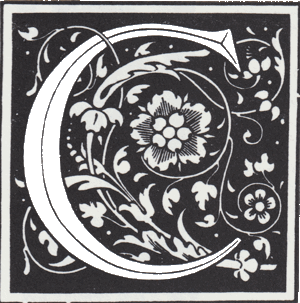 hicago Union Station, begun in 1913 and completed in 1925, was built through a partnership among four railroads: the Pennsylvania Railroad; Chicago, Burlington and Quincy Railroad; Michigan Central Railroad; and the Chicago, Milwaukee and St. Paul Railway. The Chicago and Alton Railroad also used the station as a tenant. Together, the railroads owned shares in the Chicago Union Station Company (CUSCo), which managed station operations.
hicago Union Station, begun in 1913 and completed in 1925, was built through a partnership among four railroads: the Pennsylvania Railroad; Chicago, Burlington and Quincy Railroad; Michigan Central Railroad; and the Chicago, Milwaukee and St. Paul Railway. The Chicago and Alton Railroad also used the station as a tenant. Together, the railroads owned shares in the Chicago Union Station Company (CUSCo), which managed station operations.
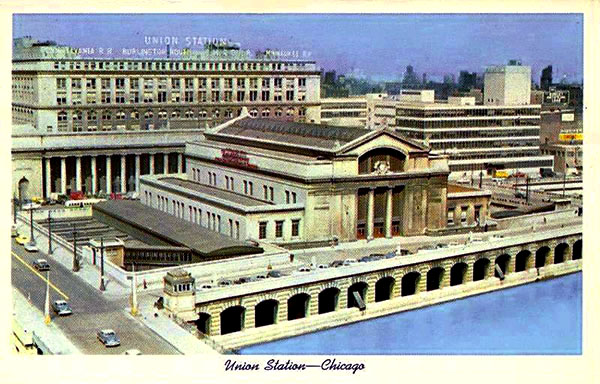 They desired a grand station befitting the city’s status as a national railroad hub, and this $75 million facility replaced the city’s overcrowded 1881 Grand Passenger Station. Daniel Burnham, Chicago’s famous architect who was also responsible for designing Washington, D.C.’s Union Station, began designing this Beaux Arts structure, but he died before plans were completed. Successor firm Graham, Anderson, and Probst, later joined by White, took over the project.
Union Station is the only example in the United States of a “double-stub” station, where the 24 tracks approach from two directions and most do not continue under or through the station. The exterior of the building is clad in Bedford limestone quarried in Indiana. Together with the approach and storage tracks, the entire station facility takes up nearly 10 city blocks. The original complex incorporated two different buildings on either side of Canal Street, connected below street level.
They desired a grand station befitting the city’s status as a national railroad hub, and this $75 million facility replaced the city’s overcrowded 1881 Grand Passenger Station. Daniel Burnham, Chicago’s famous architect who was also responsible for designing Washington, D.C.’s Union Station, began designing this Beaux Arts structure, but he died before plans were completed. Successor firm Graham, Anderson, and Probst, later joined by White, took over the project.
Union Station is the only example in the United States of a “double-stub” station, where the 24 tracks approach from two directions and most do not continue under or through the station. The exterior of the building is clad in Bedford limestone quarried in Indiana. Together with the approach and storage tracks, the entire station facility takes up nearly 10 city blocks. The original complex incorporated two different buildings on either side of Canal Street, connected below street level.
 The west side building, the headhouse, contains the Great Hall — the waiting room, if such a mundane term may be applied for this soaring, beautiful space. The Great Hall has a 219-foot long barrel-vaulted skylight that soars 115 feet above the floor. The skylight was blacked-out during World War II in order to make the station less of a target for enemy aircraft, since the station then served nearly 100,000 daily passengers and more than 300 daily arrivals and departures. Two figural sculptures by Henry Hering tower over the Great Hall on its east wall, one represents “Day” (holding a rooster) and the other represents “Night” (holding an owl), a recognition of the 24-hour nature of passenger railroading.
The west side building, the headhouse, contains the Great Hall — the waiting room, if such a mundane term may be applied for this soaring, beautiful space. The Great Hall has a 219-foot long barrel-vaulted skylight that soars 115 feet above the floor. The skylight was blacked-out during World War II in order to make the station less of a target for enemy aircraft, since the station then served nearly 100,000 daily passengers and more than 300 daily arrivals and departures. Two figural sculptures by Henry Hering tower over the Great Hall on its east wall, one represents “Day” (holding a rooster) and the other represents “Night” (holding an owl), a recognition of the 24-hour nature of passenger railroading.
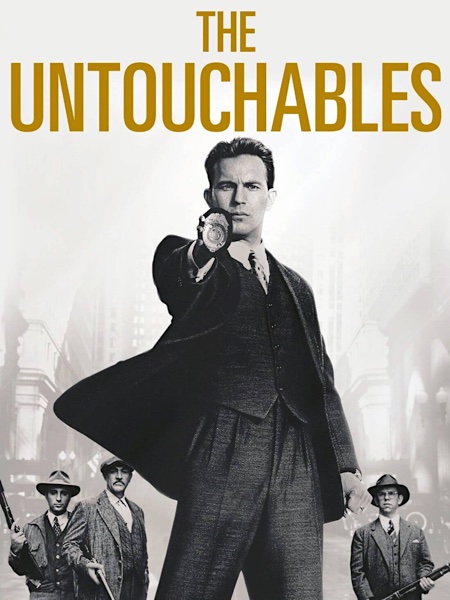 While the magnificent, historic Great Hall is used for major events and has been seen on TV and in films such as The Untouchables, My Best Friend’s Wedding, Chain Reaction, ER and Early Edition — it was always meant to be a working structure and was designed to accommodate large crowds and heavy daily use. Along with marble floors, long wooden benches, marble walls with large Corinthian columns, and the Great Hall’s grand staircase, the headhouse also has side halls and office space. According to the original plan, the building would have had 26 floors of office space, but only eight were completed.
While the magnificent, historic Great Hall is used for major events and has been seen on TV and in films such as The Untouchables, My Best Friend’s Wedding, Chain Reaction, ER and Early Edition — it was always meant to be a working structure and was designed to accommodate large crowds and heavy daily use. Along with marble floors, long wooden benches, marble walls with large Corinthian columns, and the Great Hall’s grand staircase, the headhouse also has side halls and office space. According to the original plan, the building would have had 26 floors of office space, but only eight were completed.
The companion to the headhouse was the concourse building, on the east side of Canal Street. This glass-vaulted concourse was modeled upon that of the historic Pennsylvania Station in New York City. In the 1930s, CUSCo sold the air rights above the tracks to the north and south of the concourse building for the construction of facilities for the Chicago Daily News and what was then the nation’s largest post office. Both buildings have since changed owners and uses. In 1969, the predecessor railroads that owned CUSCo sold the air rights above the tracks and platforms of the concourse for the construction of two office buildings. The concourse building was then demolished, resulting in limited floor space and ceiling height in what is now known as the Concourse Level of Chicago Union Station.
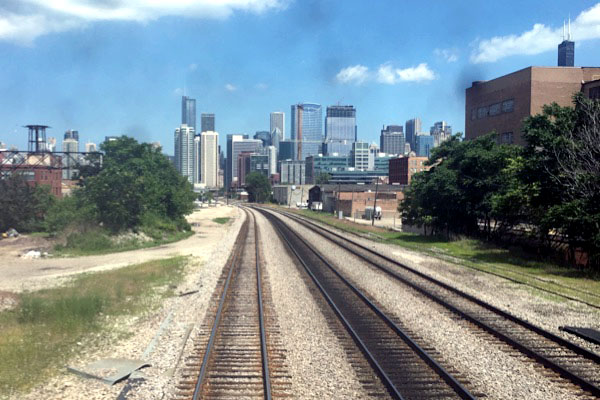 In 1991, work was completed on a $32 million passenger facilities improvement project that included renewal of the station’s waiting areas, new ticket windows and baggage handling system and the removal of the black-out paint from the Great Hall’s skylight. The renovation changed the flow of passenger traffic through the station to separate Amtrak customers from local passengers using Metra commuter trains. Lucien Lagrange & Associates handled the design of the project, which dramatically improved the facilities created when the concourse building was razed. On May 1, 2002, the station was designated a Chicago Landmark.
In 1991, work was completed on a $32 million passenger facilities improvement project that included renewal of the station’s waiting areas, new ticket windows and baggage handling system and the removal of the black-out paint from the Great Hall’s skylight. The renovation changed the flow of passenger traffic through the station to separate Amtrak customers from local passengers using Metra commuter trains. Lucien Lagrange & Associates handled the design of the project, which dramatically improved the facilities created when the concourse building was razed. On May 1, 2002, the station was designated a Chicago Landmark.
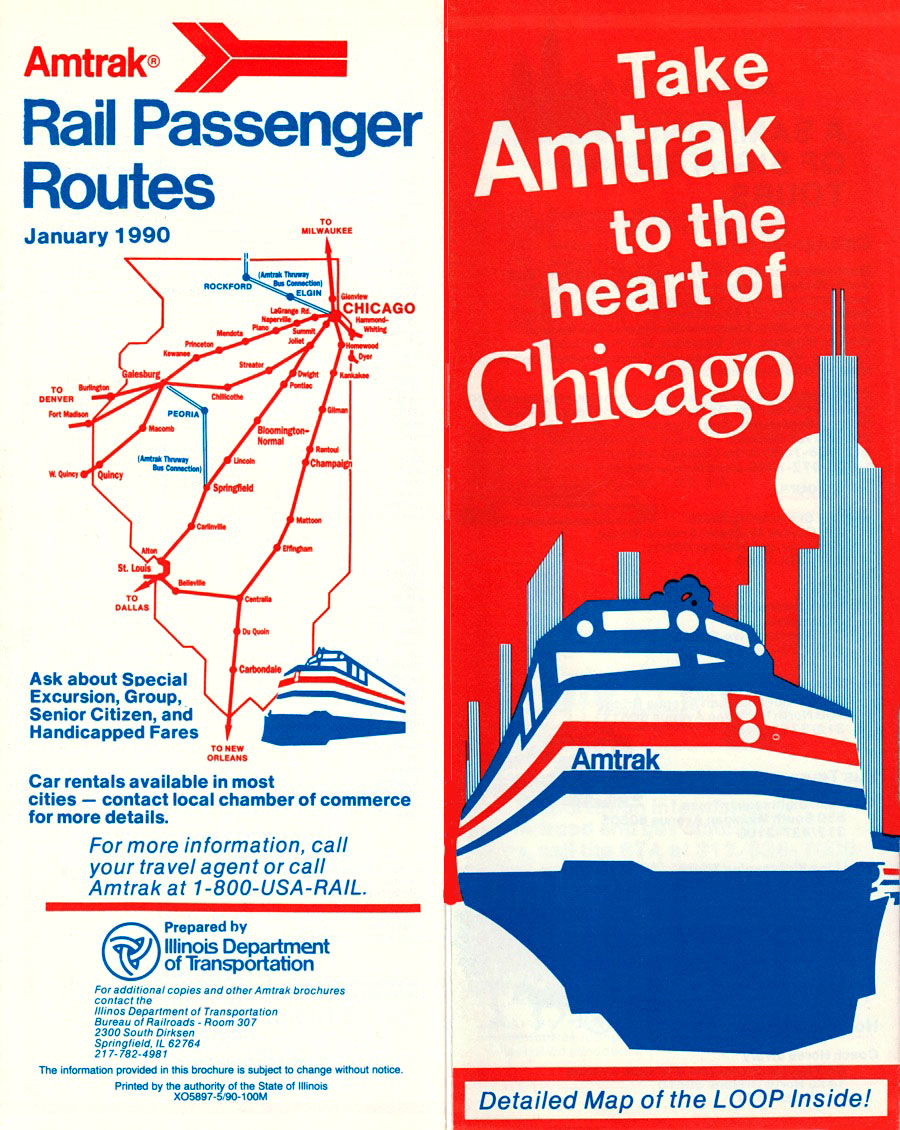
1990 Amtrak brochure / collection

1990 Amtrak brochure / collection
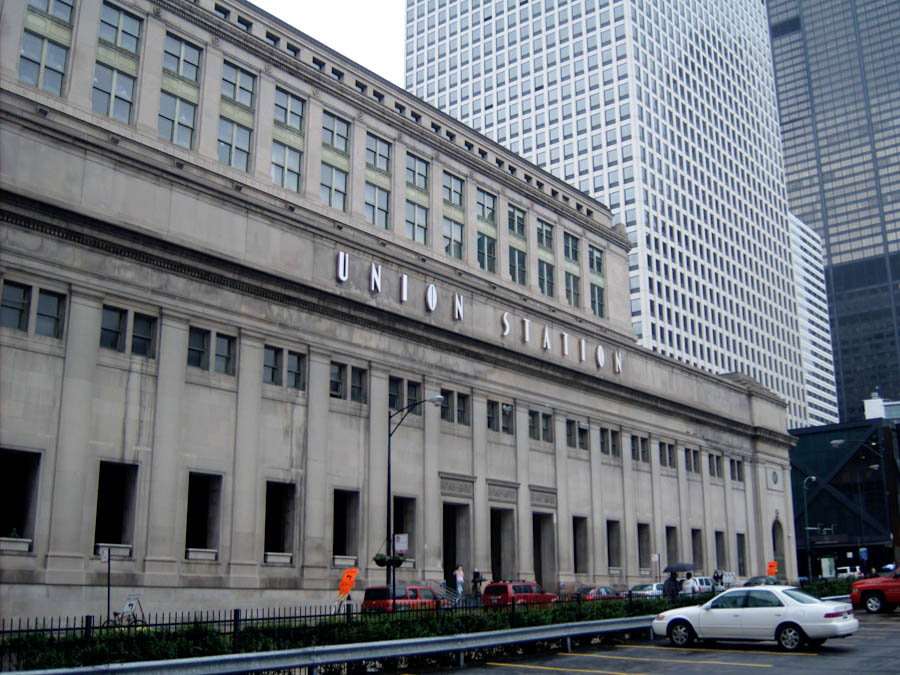
Chicago, Il / Jun 2009 / RWH
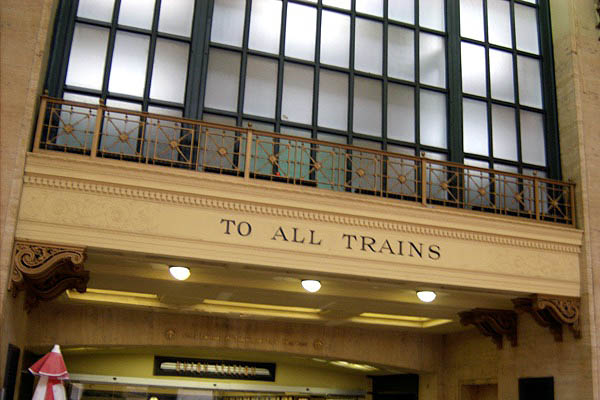
Jun 2009 / RWH


See also our complete route scrapbooks including Chicago Union:
- Capital Limited
- California Zephyr
- Cardinal
- Empire Builder
- City of New Orleans
- Texas Eagle
Exterior
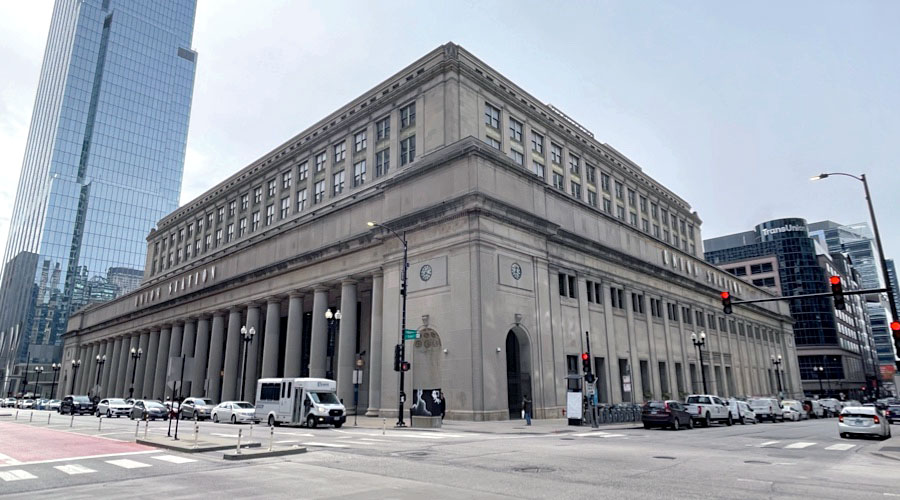
Chicago, Il / Mar 2023 / RWH

Click to see Chicago Union Station plotted on a Google Maps page
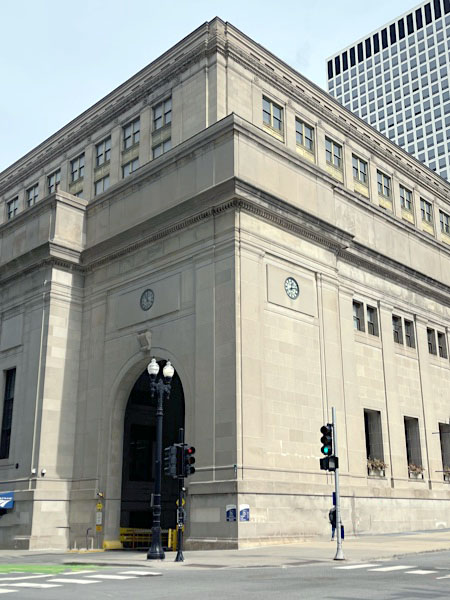
Mar 2023 / RWH

Chicago, Il / Mar 2023 / RWH
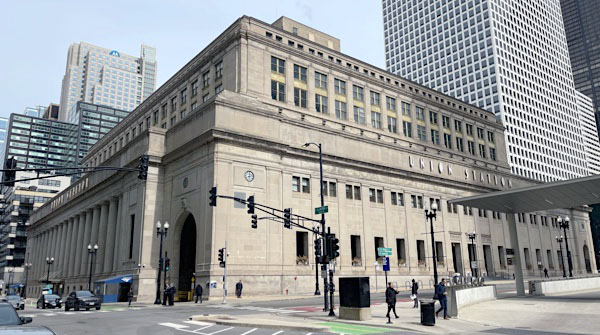
Chicago, Il / Mar 2023 / RWH

Chicago, Il / Mar 2023 / RWH
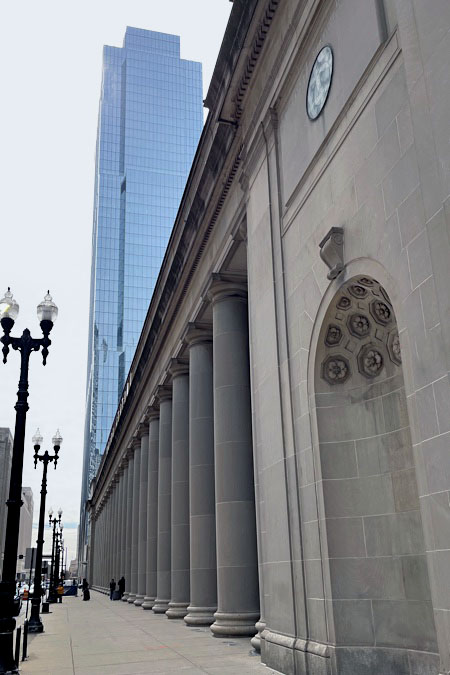
Mar 2023 / RWH

Chicago, Il / Mar 2023 / RWH
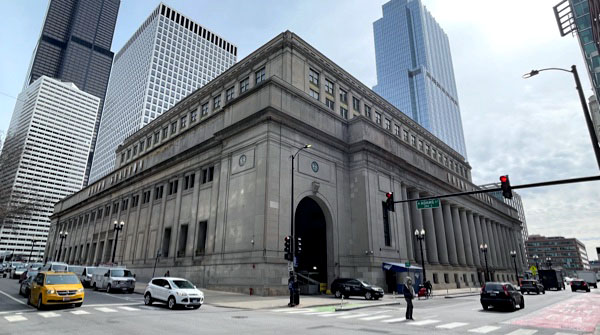
Chicago, Il / Mar 2023 / RWH
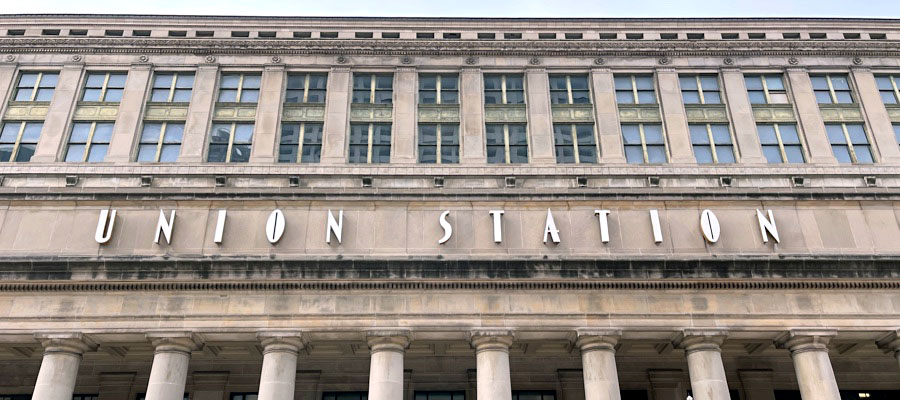
Mar 2023 / RWH
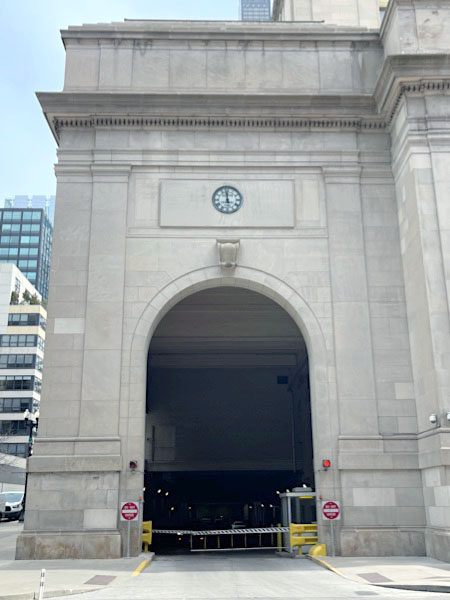
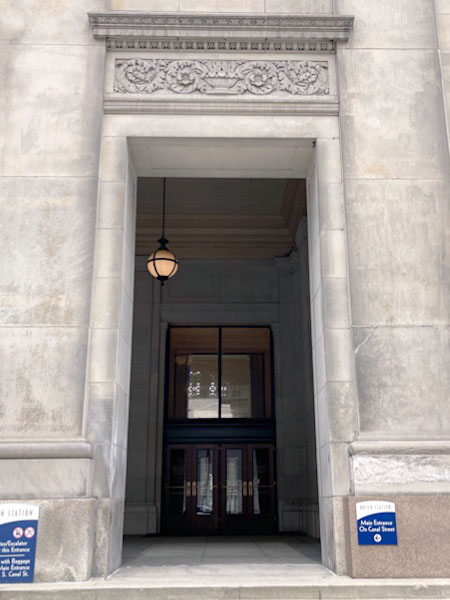
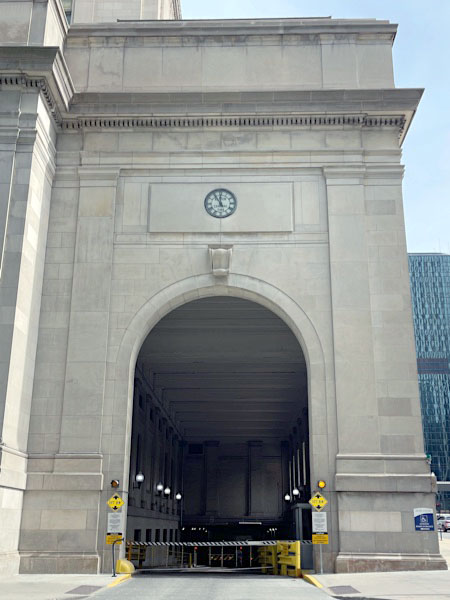
Mar 2023 / RWH

Chicago, Il / Mar 2023 / RWH

 hicago’s Union Station serves as an excellent example of Chicago’s historical standing as a transportation hub — a function retained to this day.
Named a Chicago landmark in 2002 and designated one of "America's Great Places" in 2012 by the American Planning Association, Chicago's Union Station is a staple among the city's iconic architecture. Constructed at a cost of $75 million in the 1920s (more than $1 billion in 2017 dollars), Union Station anchors the West Loop. It brings in travelers from both coasts and disperses local commuters throughout the Chicago area.
hicago’s Union Station serves as an excellent example of Chicago’s historical standing as a transportation hub — a function retained to this day.
Named a Chicago landmark in 2002 and designated one of "America's Great Places" in 2012 by the American Planning Association, Chicago's Union Station is a staple among the city's iconic architecture. Constructed at a cost of $75 million in the 1920s (more than $1 billion in 2017 dollars), Union Station anchors the West Loop. It brings in travelers from both coasts and disperses local commuters throughout the Chicago area.

Chicago, Il / Mar 2023 / RWH
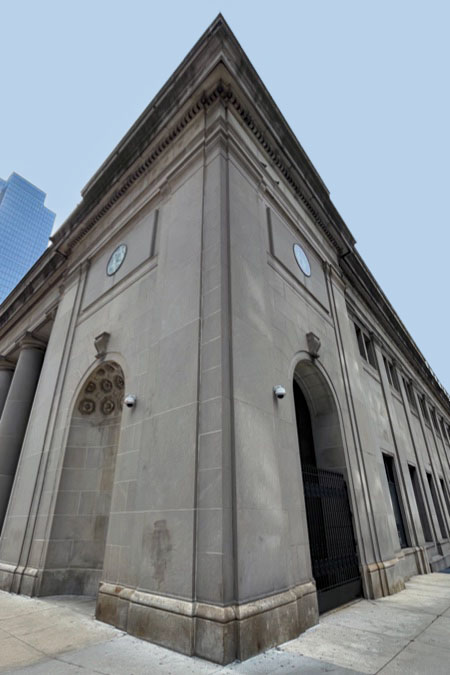
Mar 2023 / RWH

Chicago, Il / Mar 2023 / RWH

Chicago, Il / Mar 2023 / RWH
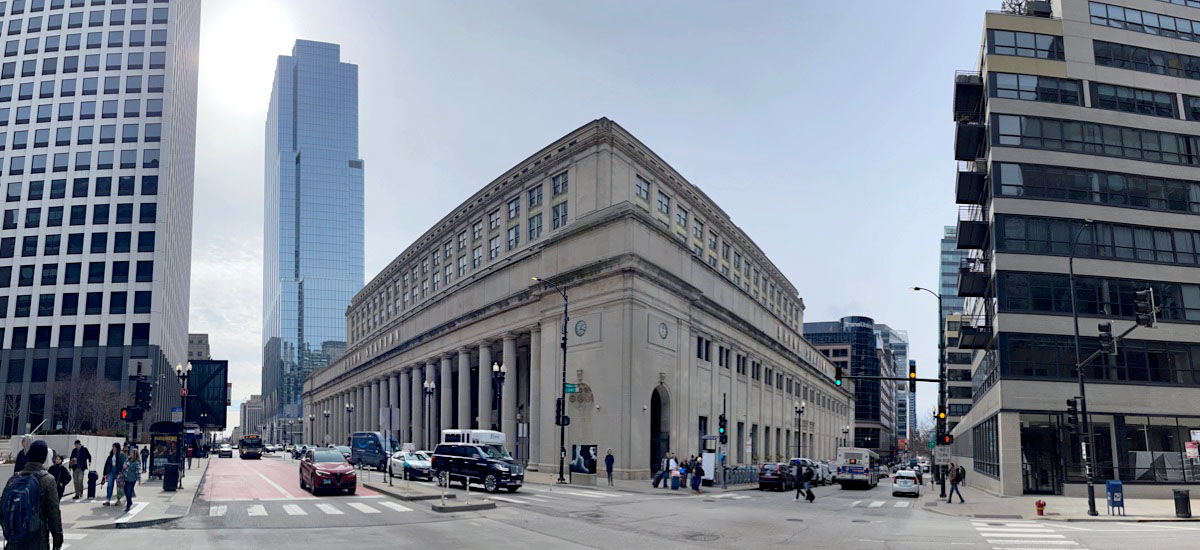
Chicago, Il / Mar 2023 / RWH

Mar 2023 / RWH
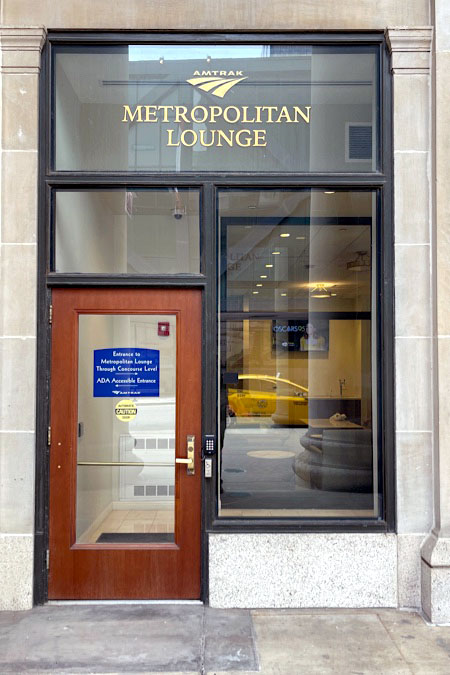
Mar 2023 / RWH
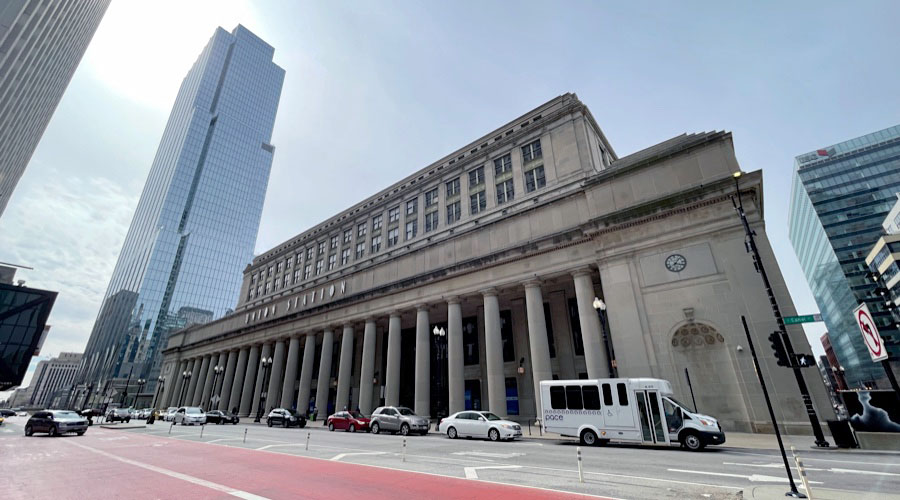
Chicago, Il / Mar 2023 / RWH
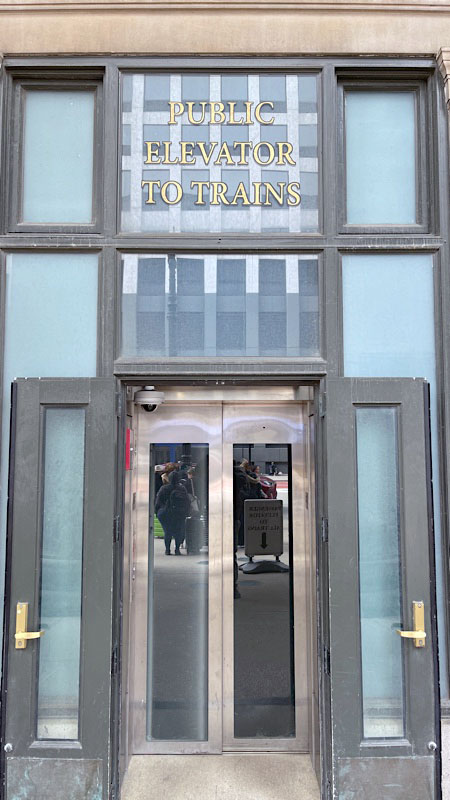
Mar 2023 / RWH

Mar 2023 / RWH
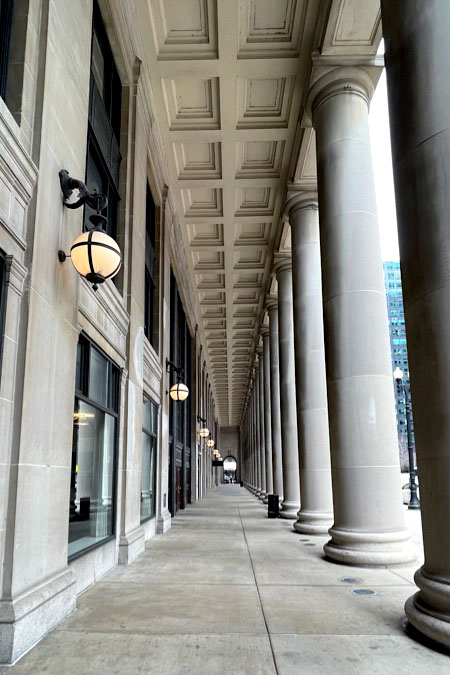
Mar 2023 / RWH
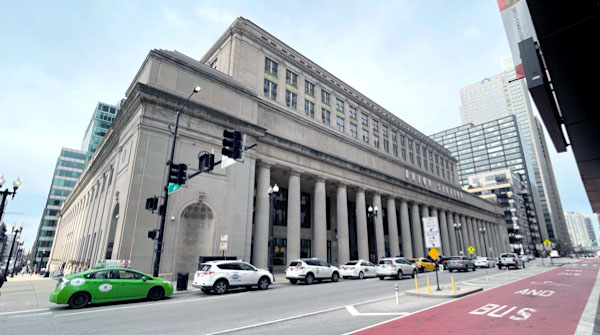
Chicago, Il / Mar 2023 / RWH
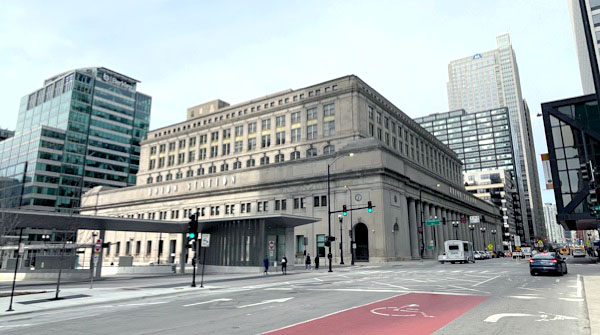
Chicago, Il / Mar 2023 / RWH


Chicago, Il / Mar 2023 / RWH

1924 view / Wikipedia Commons
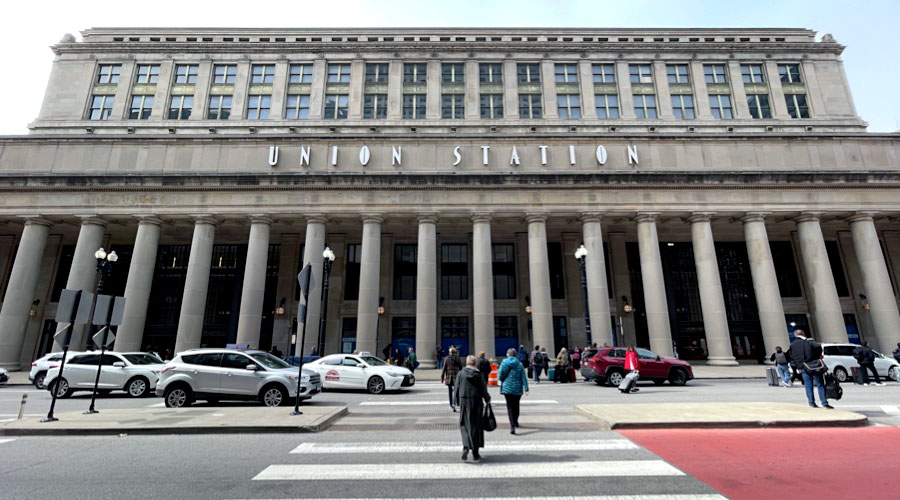
Mar 2023 / RWH
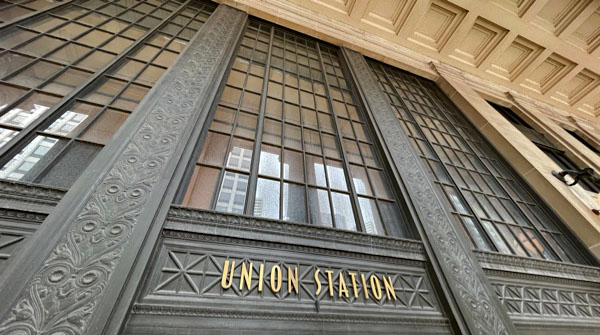
Mar 2023 / RWH
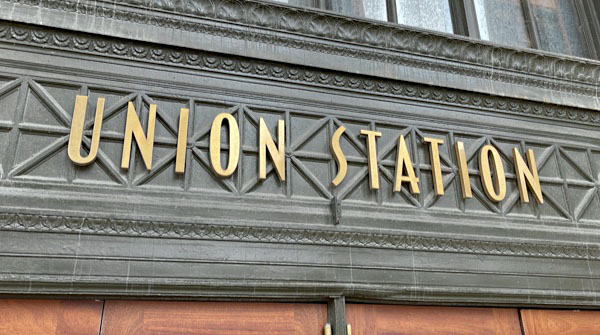
Mar 2023 / RWH
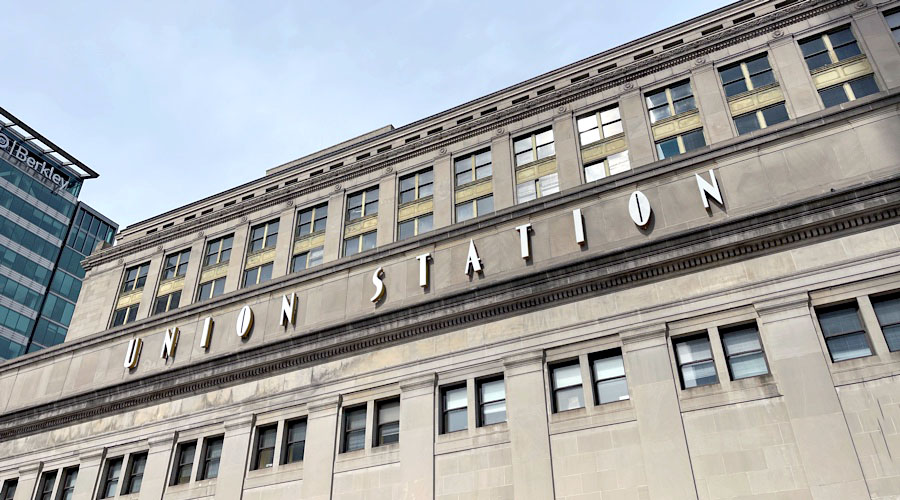
Mar 2023 / RWH
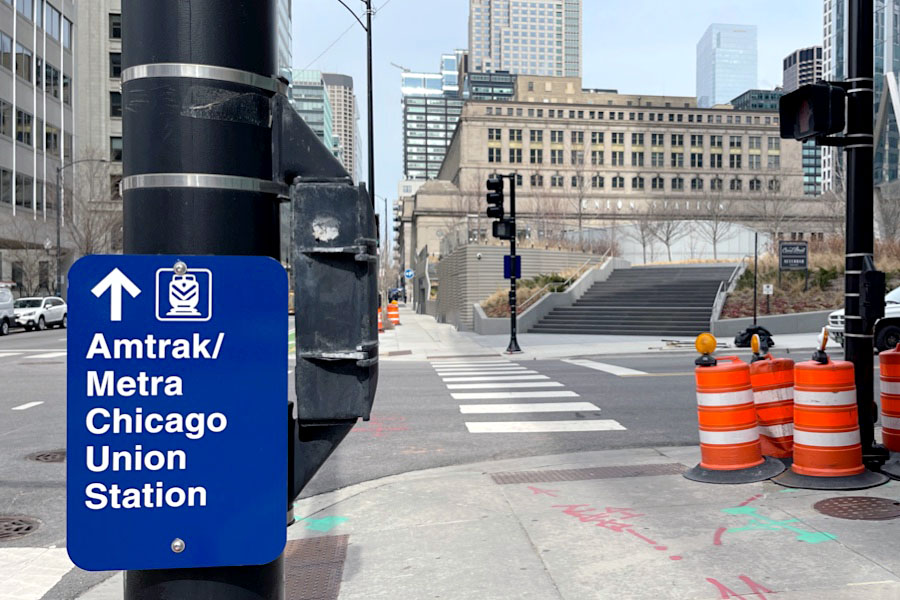
Mar 2023 / RWH

postcard / collection
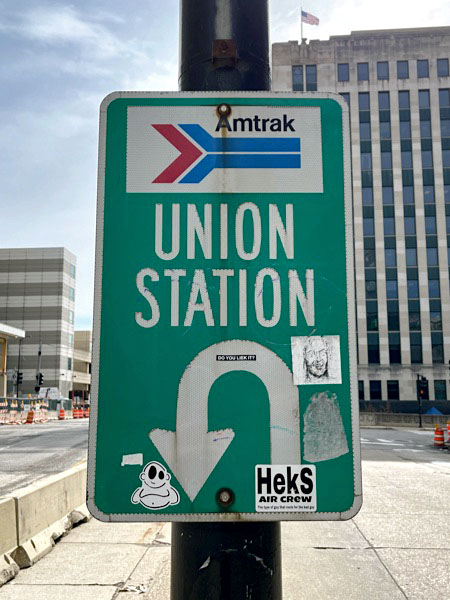
Mar 2023 / RWH
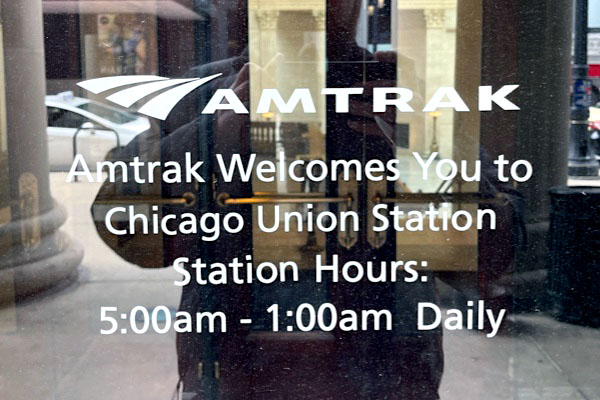
Mar 2023 / RWH
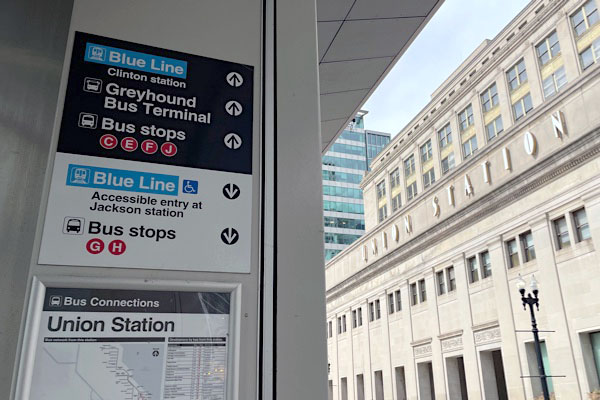
Mar 2023 / RWH

Mar 2023 / RWH

Mar 2023 / RWH
Interior
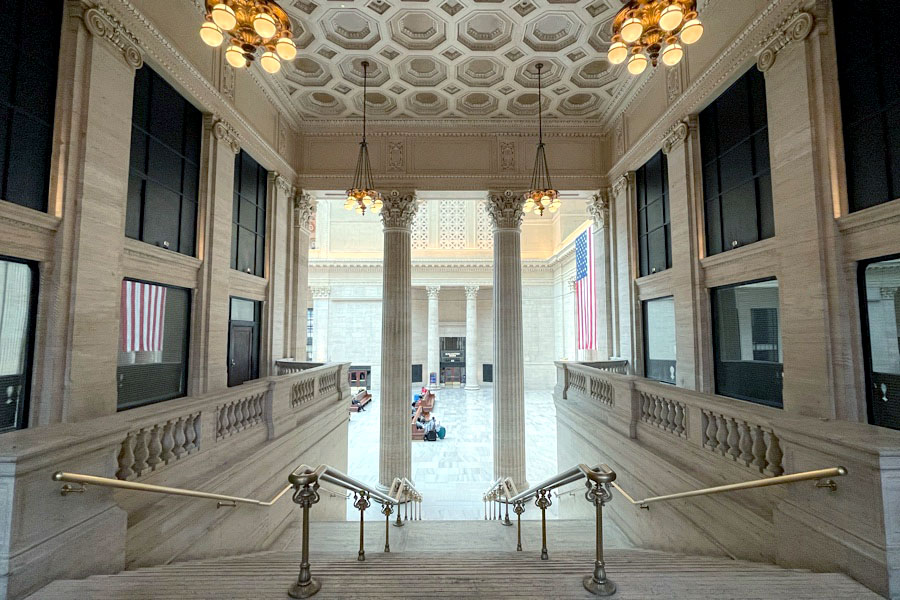
Mar 2023 / RWH
Chicago Union Station is an intercity and commuter rail terminal located in the West Loop neighborhood of the Near West Side of Chicago. The station is Amtrak's flagship station in the Midwest. While serving long-distance passenger trains, it is also the downtown terminus for six Metra commuter lines. Union Station is just west of the Chicago River between West Adams Street and West Jackson Boulevard, adjacent to the Chicago Loop. Including approach and storage tracks, it covers about nine and a half city blocks (mostly underground, buried beneath streets and skyscrapers).
The present station opened in 1925, replacing an earlier union station on this site built in 1881. The station is the fourth-busiest rail station in the United States, after Pennsylvania Station, Grand Central Terminal, and Jamaica station in New York City, and the busiest outside of the Northeast Corridor. It handles about 140,000 passengers on an average weekday (including 10,000 Amtrak passengers). It has Bedford limestone Beaux-Arts facades, and an interior with massive Corinthian columns, marble floors, and a Great Hall, highlighted by brass lamps.
The station connects to multiple transit authorities including the Chicago Transit Authority bus and Chicago L lines, Metra, Pace, Greyhound, and more either within the station or within walking distance.
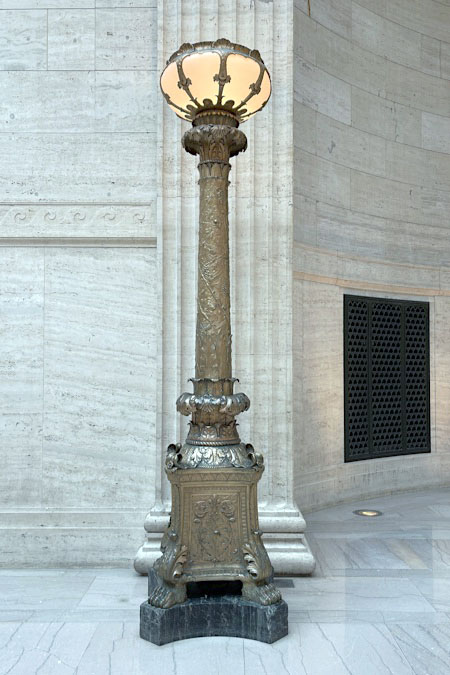
Mar 2023 / RWH
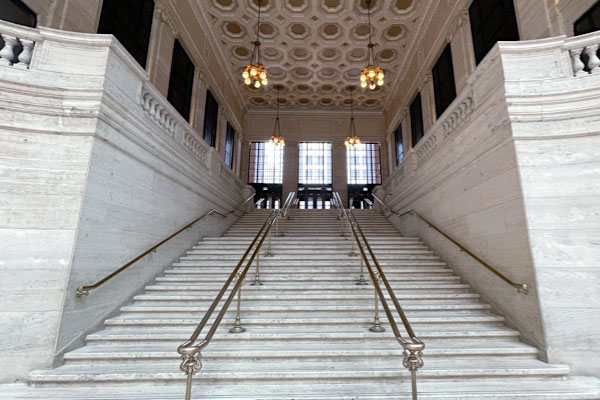
Mar 2023 / RWH
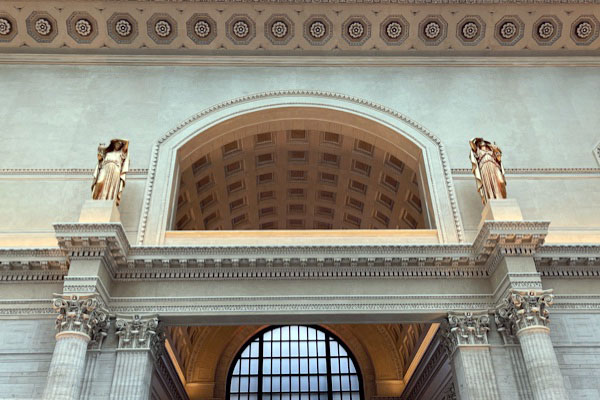
Mar 2023 / RWH
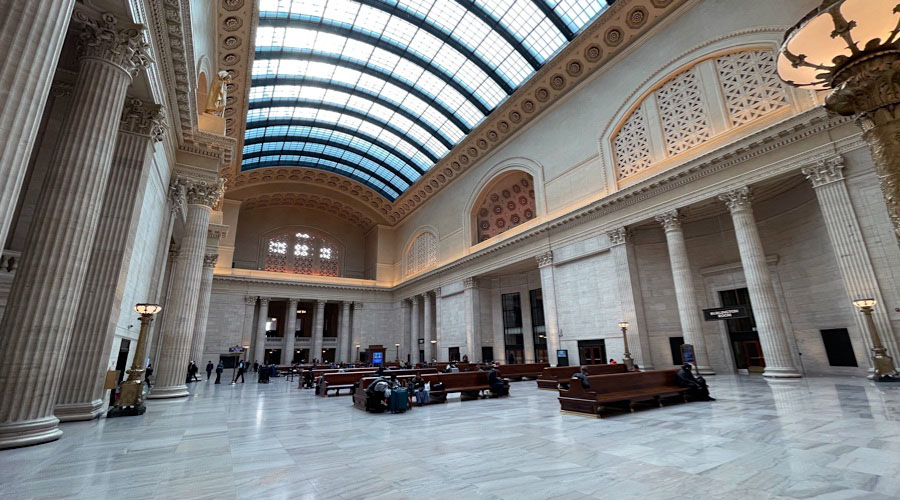
Mar 2023 / RWH

Mar 2023 / RWH
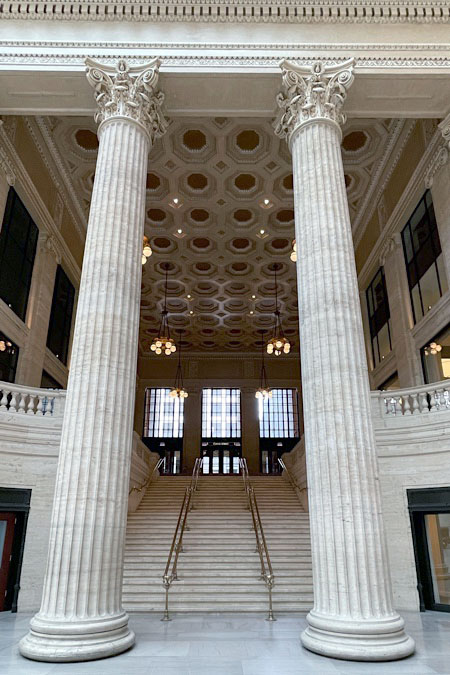
Mar 2023 / RWH

Mar 2023 / RWH
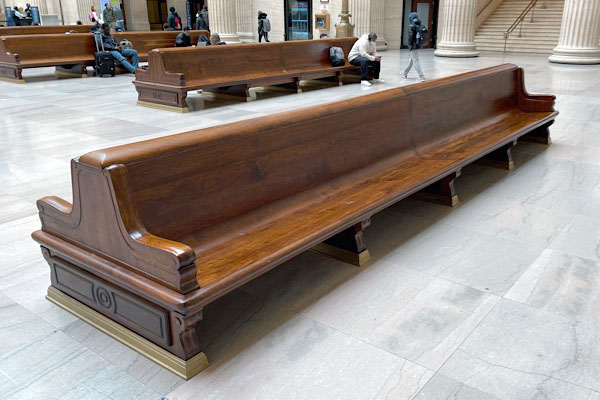
Mar 2023 / RWH
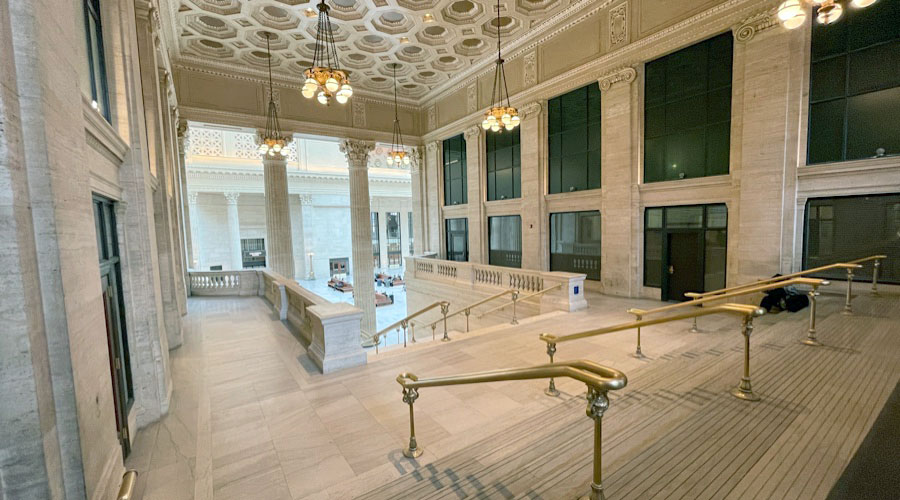
Mar 2023 / RWH
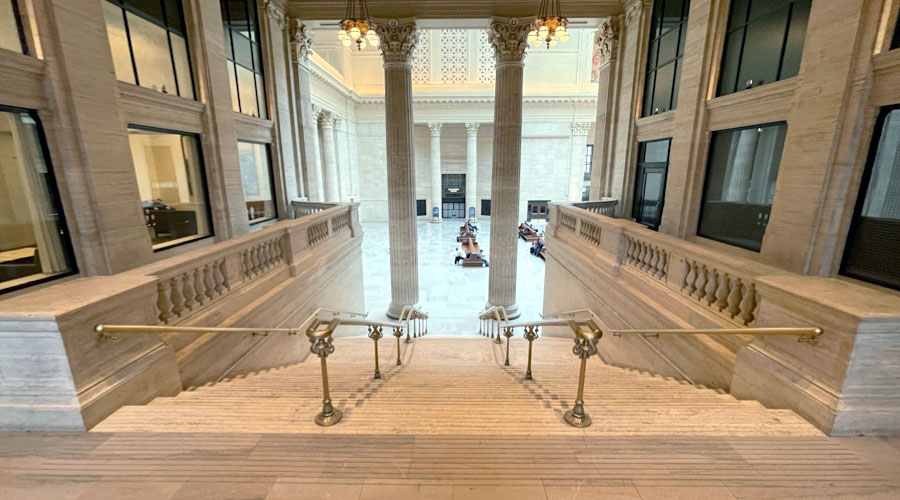
Mar 2023 / RWH
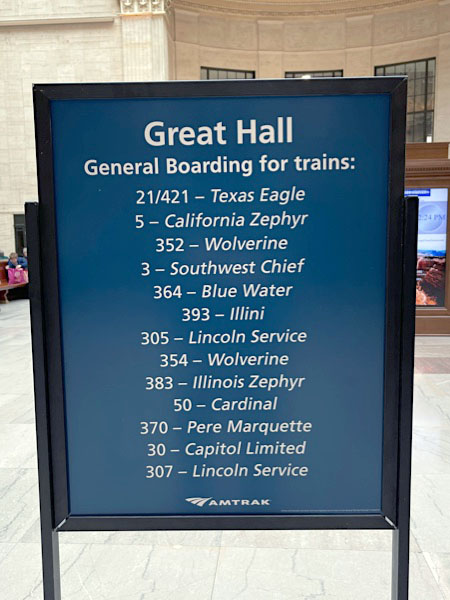
Mar 2023 / RWH
At the building's center is the Great Hall, a 110-foot-high atrium capped by a large barrel-vaulted skylight. The 24,000-square-foot room has connecting lobbies, staircases, and balconies. Enormous wooden benches are arranged in the room for travelers to wait for connections, and two specially-designed underground taxicab drives were built to protect travelers from the weather. The room's columns are of textured Roman travertine marble, with leafy golden Corinthian capitals. The ceilings and insets are coffered, with decorative rosettes. Two statues by Henry Hering — Night and Day — look down on passengers, symbolizing the 24-hour operation of the railroads. The statue Night holds an owl, while Day holds a rooster.
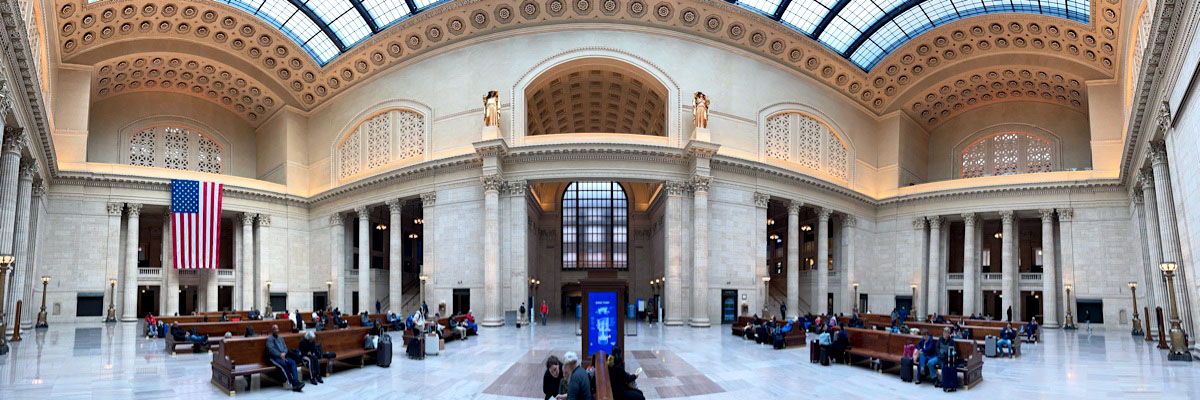
Mar 2023 / RWH

Mar 2023 / RWH
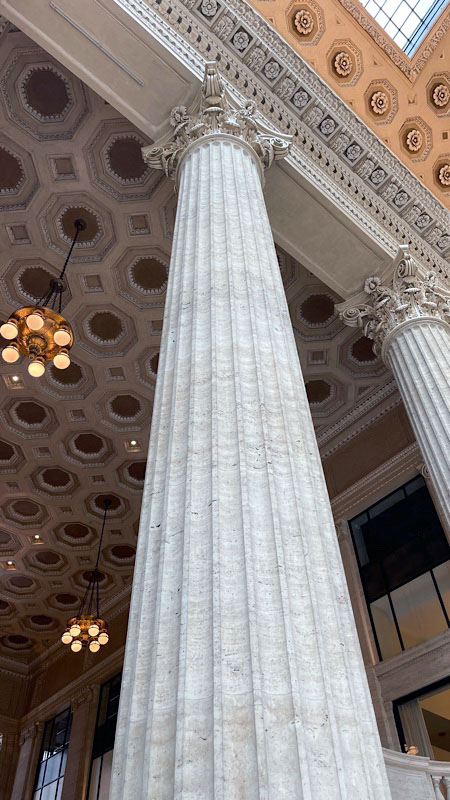
Mar 2023 / RWH

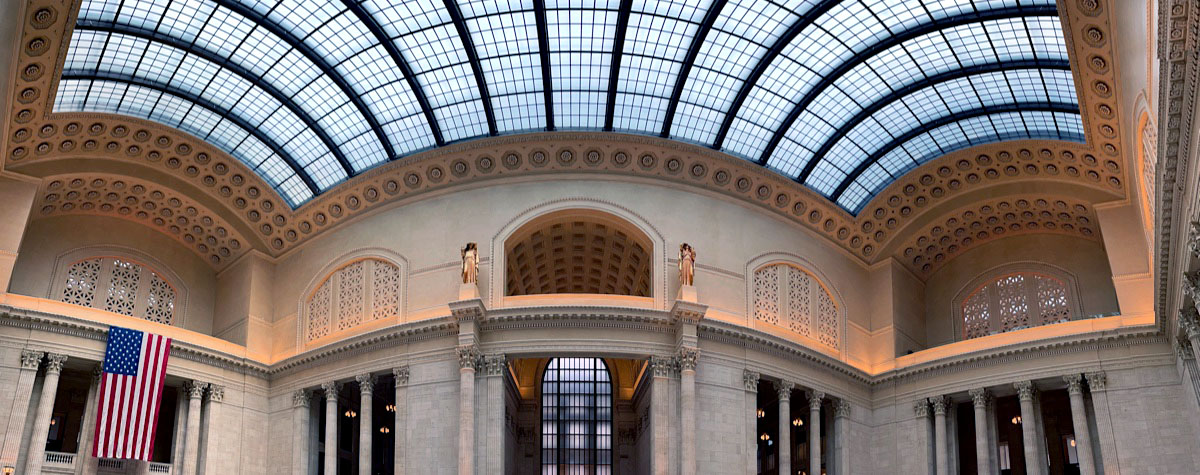
Mar 2023 / RWH
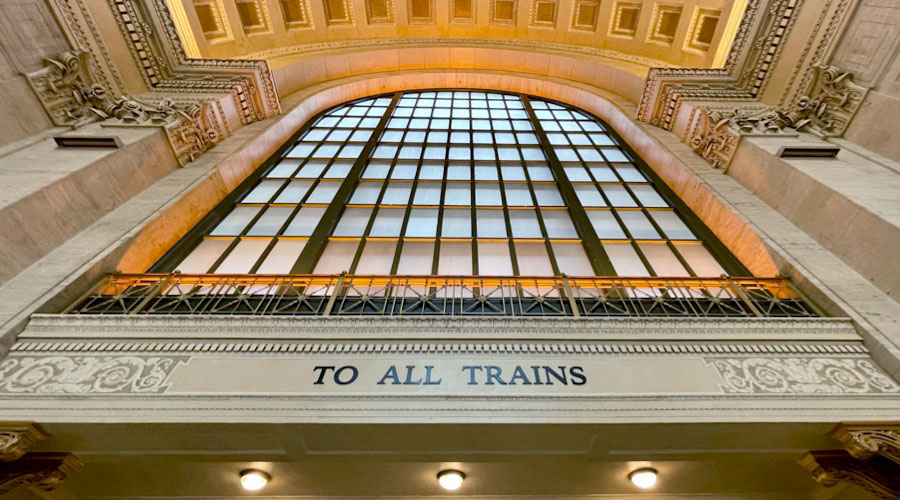
Mar 2023 / RWH

Mar 2023 / RWH
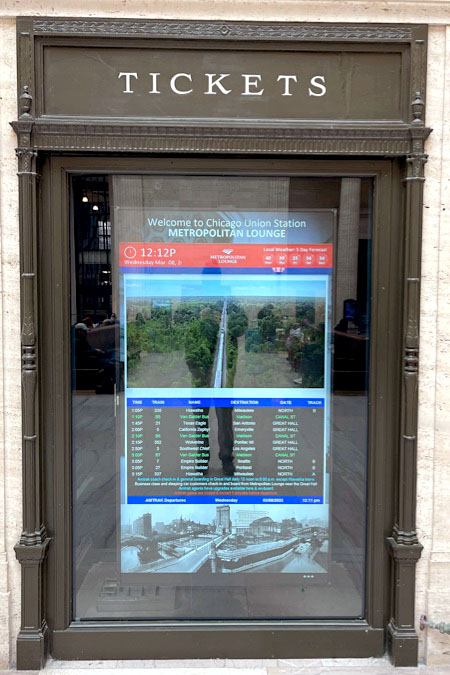
Mar 2023 / RWH
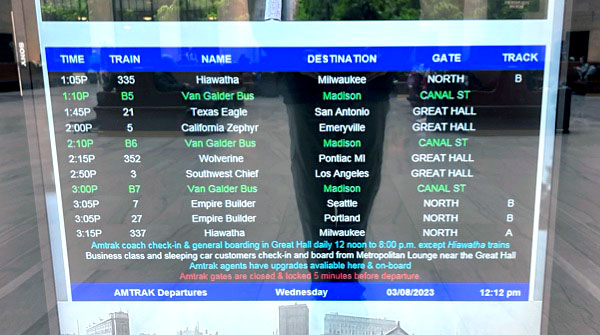
Mar 2023 / RWH
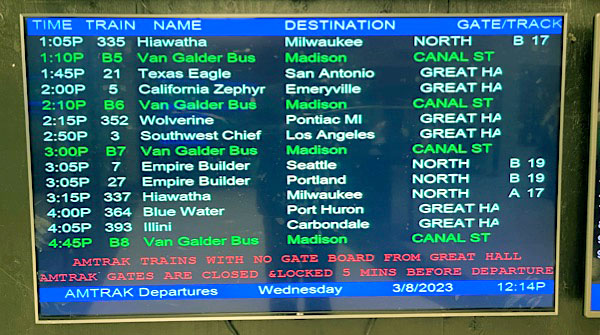
Mar 2023 / RWH
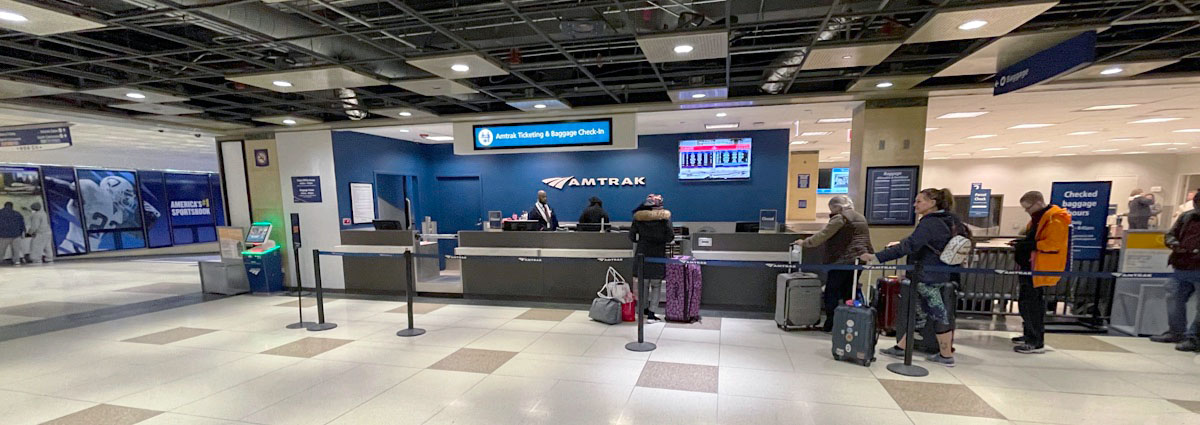
Mar 2023 / RWH
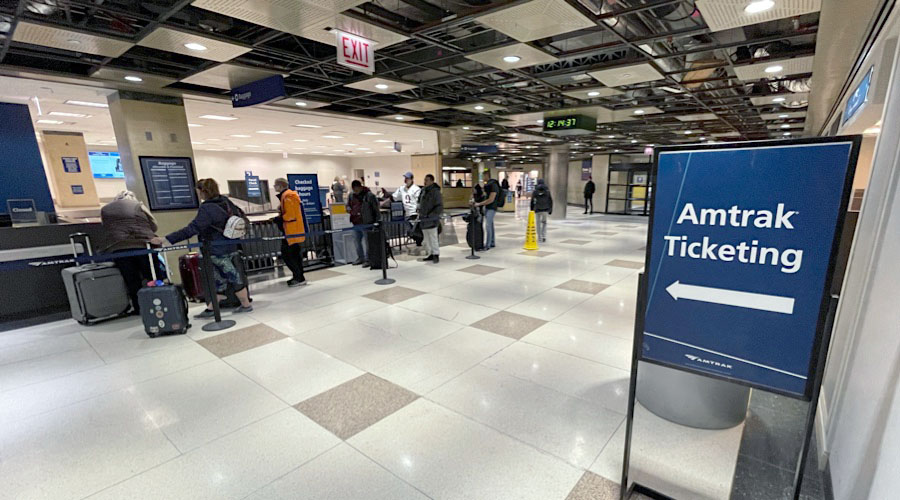
Mar 2023 / RWH
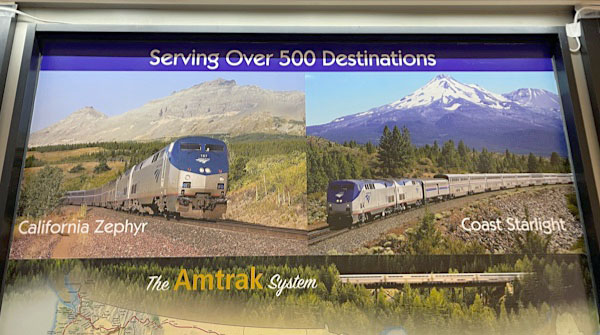
Mar 2023 / RWH

pre Amtrak train service / Wikipedia

Mar 2023 / RWH

Sep 2023 / RWH

Sep 2023 / RWH
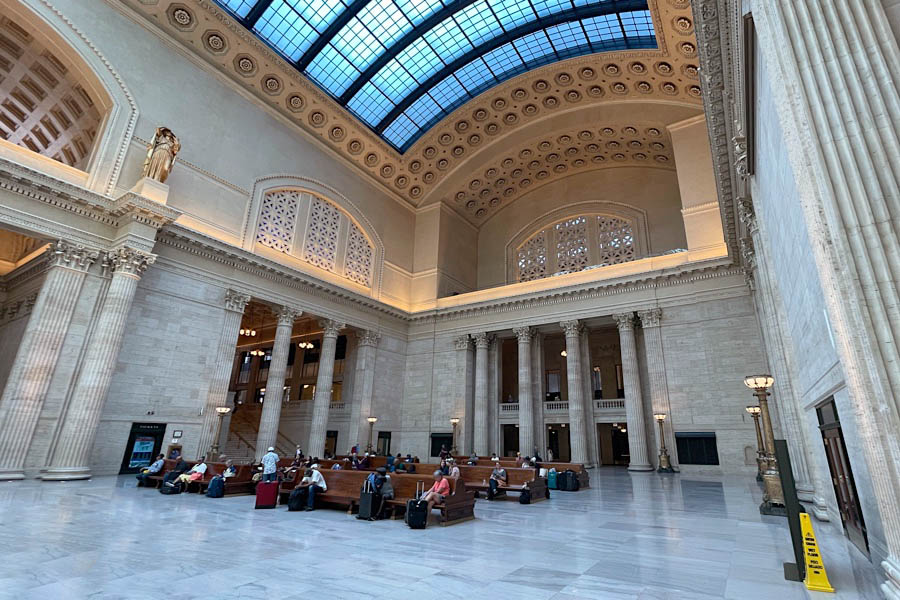
Sep 2023 / RWH
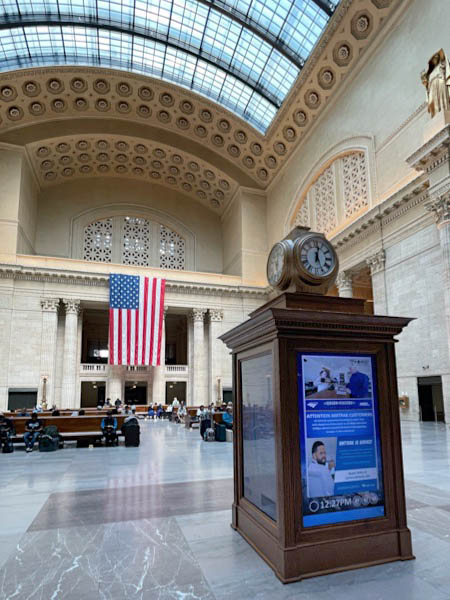
Sep 2023 / RWH
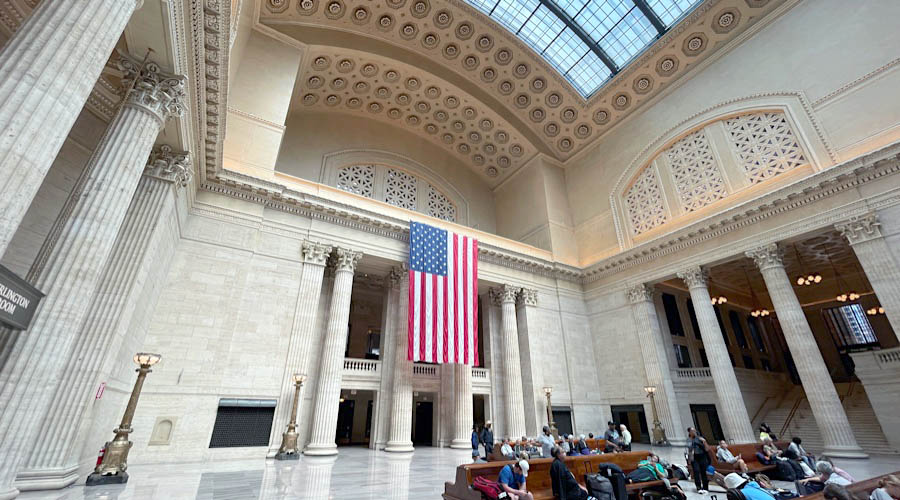
Sep 2023 / RWH
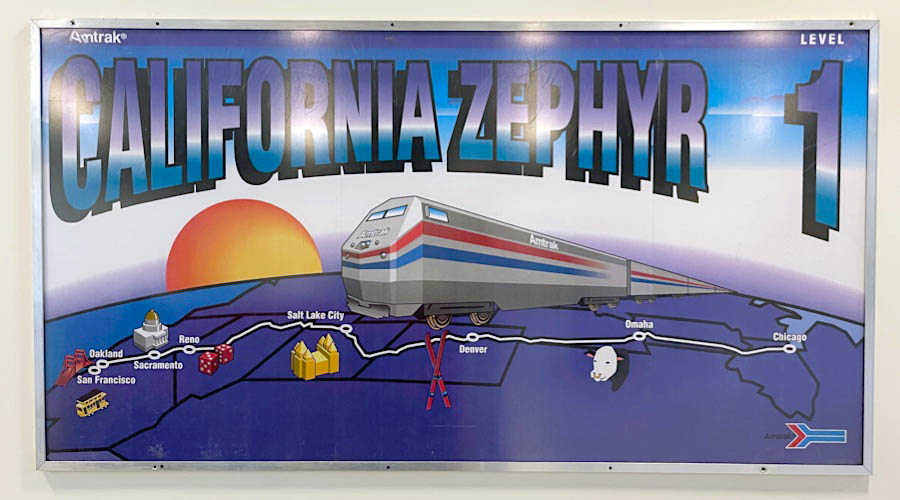
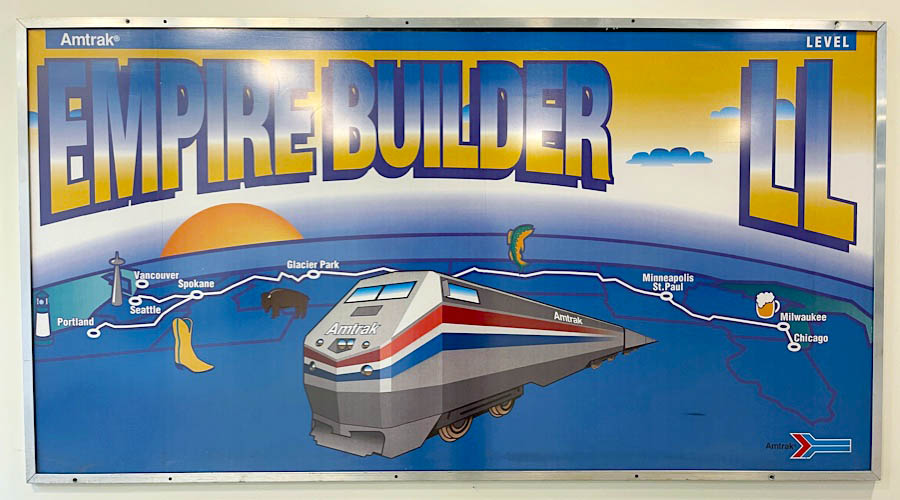
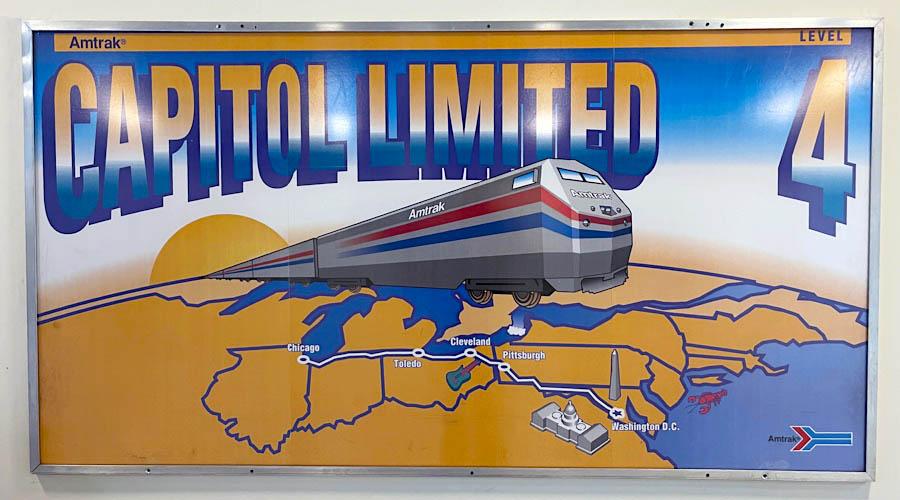
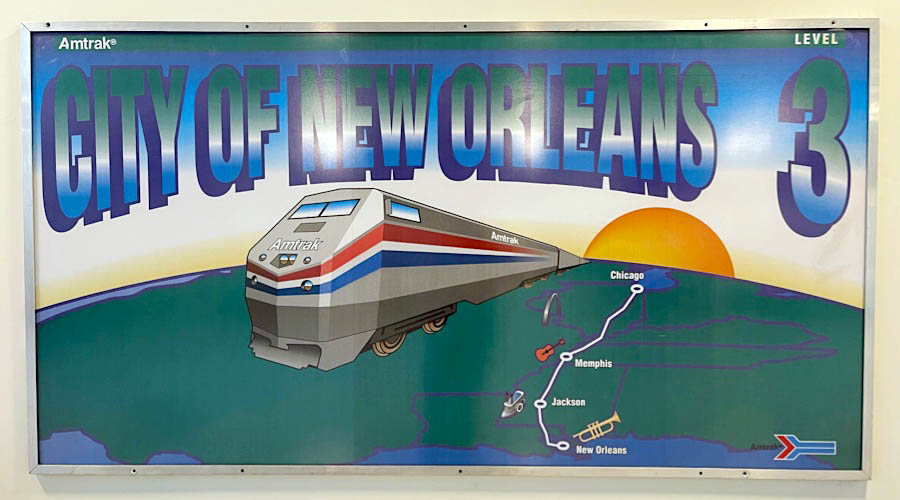

Sep 2023 / RWH
 Metropolitan Lounge
Metropolitan Lounge
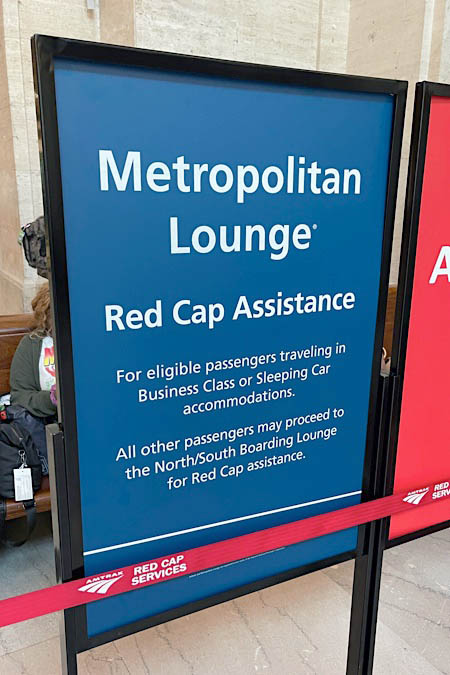
Sep 2023 / RWH

Sep 2023 / RWH

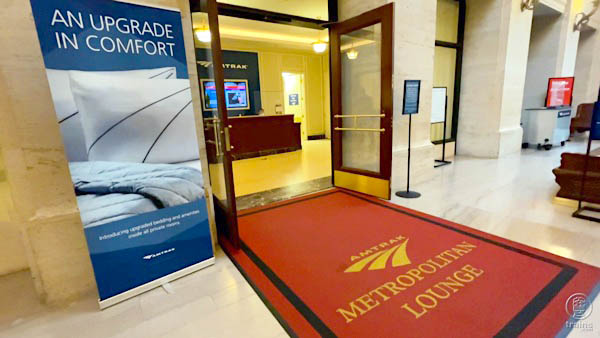 Amtrak completed a number of station improvements in 2015-2016, including replacement of door systems and heating system upgrades. In summer 2016, the new Metropolitan Lounge opened off of the Great Hall, more than doubling the space and adding amenities for customers who are ticketed in sleeping cars or in Business class, as well as Select Plus and Select Executive Amtrak Guest Rewards members. After stowing carry-on bags, customers may relax, enjoy complimentary snacks and beverages, work or even take a shower. At 13,500 square-feet and with seating for 360, the $7 million lounge replaced one opened in the Concourse in 1991. Moving this lounge into the historic headhouse enables Amtrak to reconfigure Concourse Level space in the future.
Amtrak completed a number of station improvements in 2015-2016, including replacement of door systems and heating system upgrades. In summer 2016, the new Metropolitan Lounge opened off of the Great Hall, more than doubling the space and adding amenities for customers who are ticketed in sleeping cars or in Business class, as well as Select Plus and Select Executive Amtrak Guest Rewards members. After stowing carry-on bags, customers may relax, enjoy complimentary snacks and beverages, work or even take a shower. At 13,500 square-feet and with seating for 360, the $7 million lounge replaced one opened in the Concourse in 1991. Moving this lounge into the historic headhouse enables Amtrak to reconfigure Concourse Level space in the future.

Sep 2023 / RWH
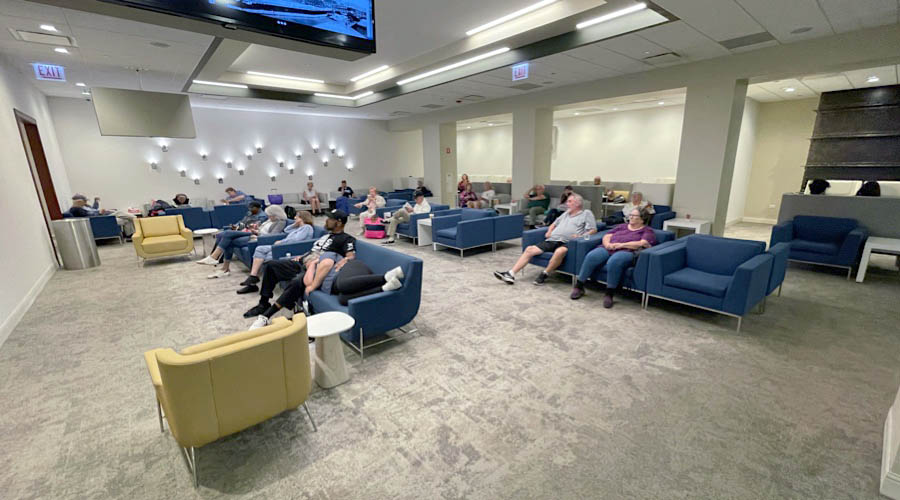
Sep 2023 / RWH
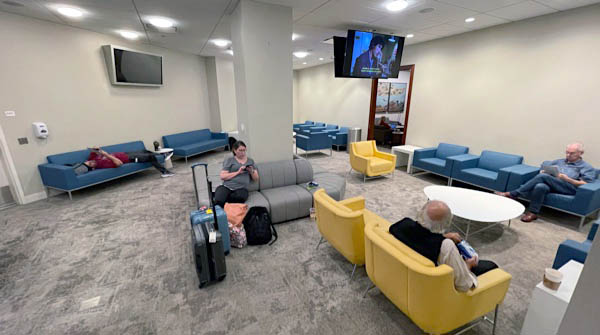
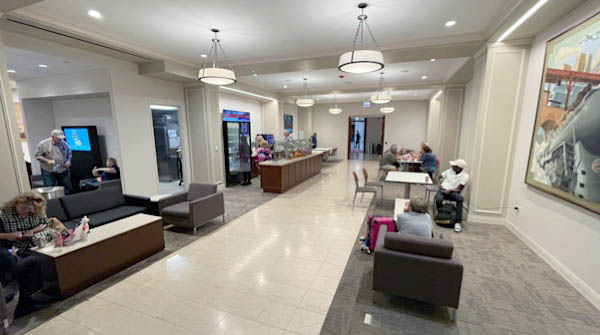
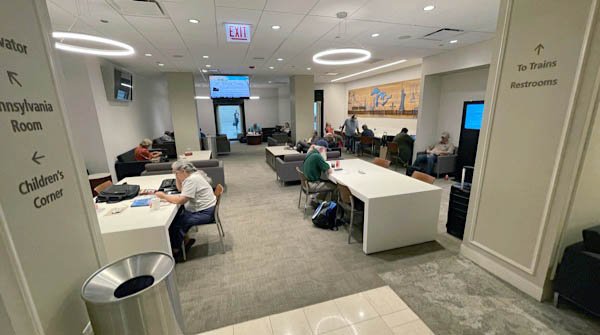

Sep 2023 / RWH
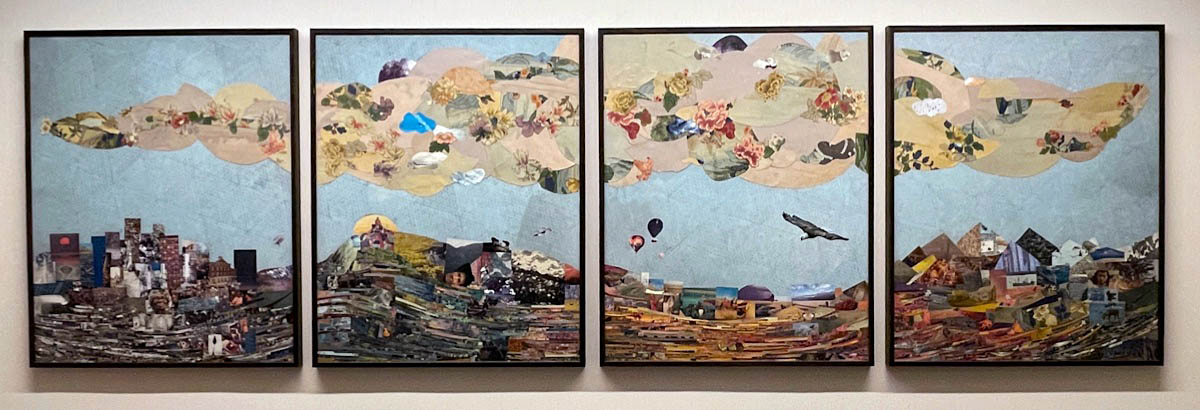
Sep 2023 / RWH
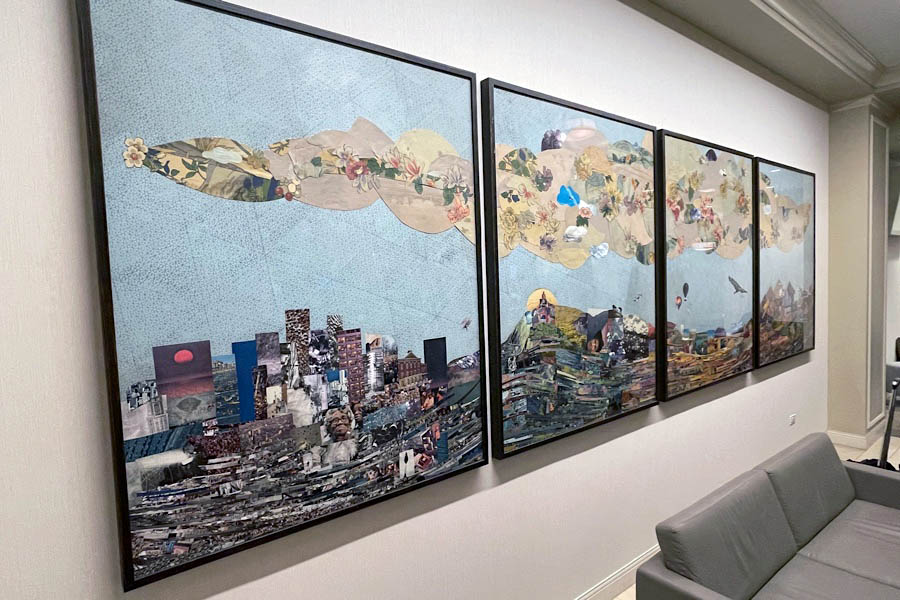
Sep 2023 / RWH

Sep 2023 / RWH
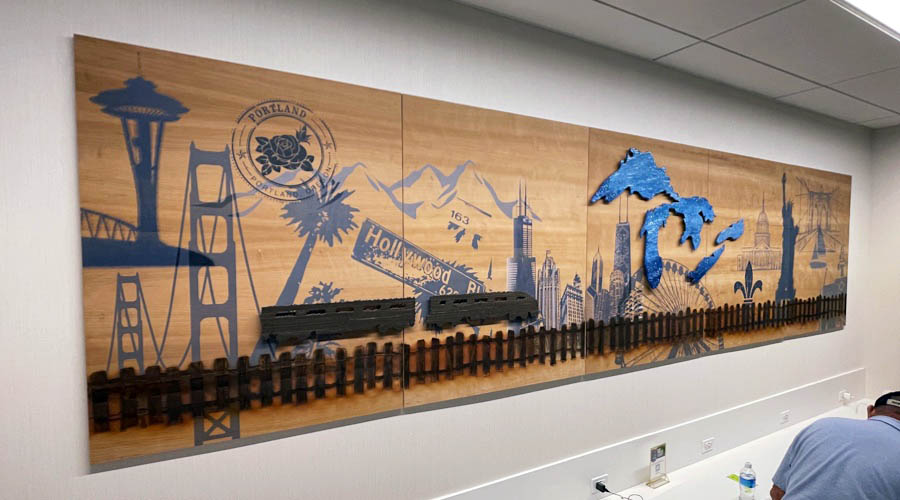
Sep 2023 / RWH
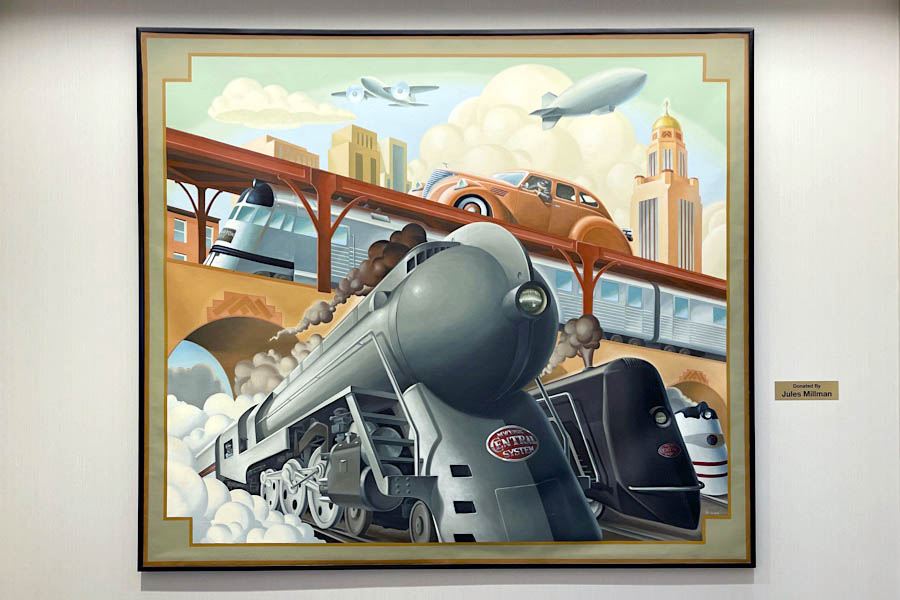
Sep 2023 / RWH
Rail Yard
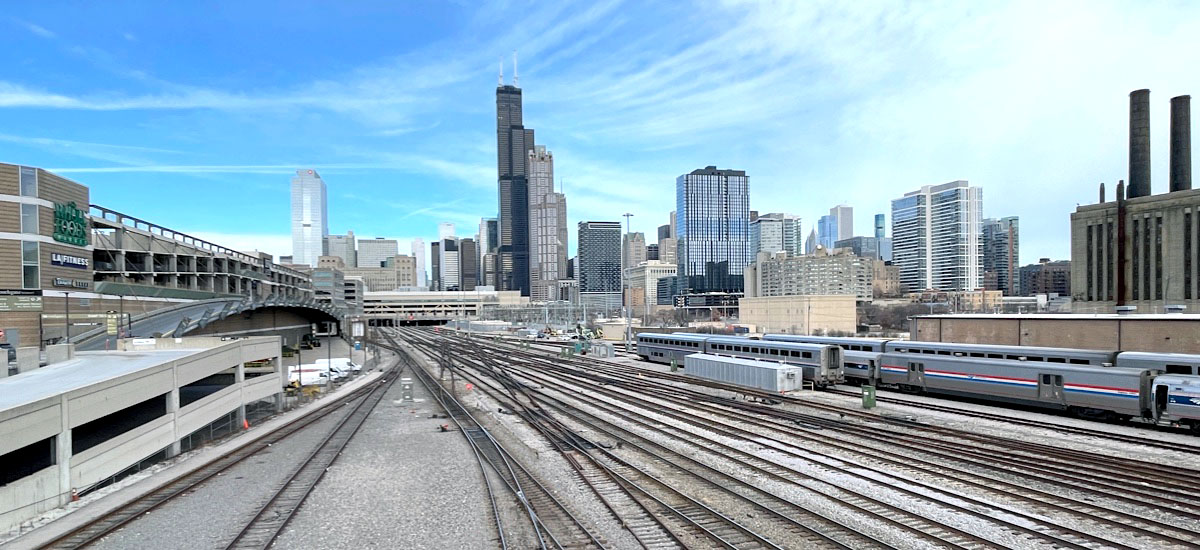
Chicago, Il / Mar 2023 / RWH
Union Station is laid out with a double stub-end configuration, with 10 tracks coming into the station from the north and 14 from the south. Unlike most of Amtrak's major stations, every train calling at Union Station either originates or terminates there; all passengers traveling through Chicago must change trains to reach their final destination. There are two through tracks to allow out-of-service equipment moves between the north and south side, including one with a platform to allow extra long trains to board. Between the north and south sides of the station is a passenger concourse.

Click to see the Roosevelt Road overpass area plotted on a Google Maps page
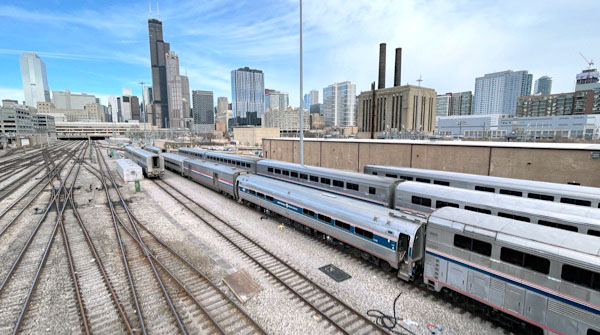
Chicago, Il / Mar 2023 / RWH
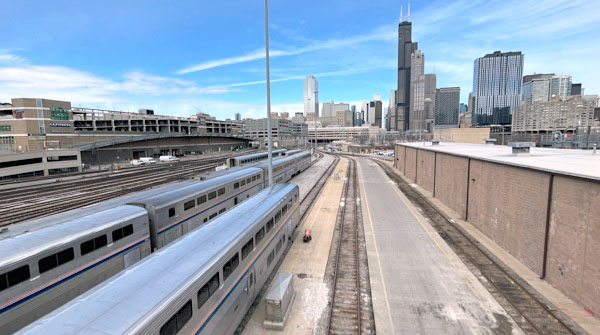
Chicago, Il / Mar 2023 / RWH
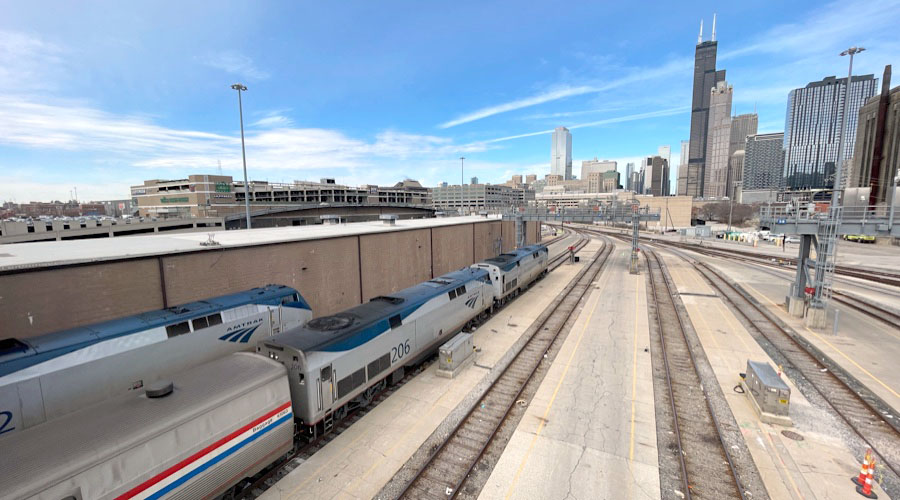
Chicago, Il / Mar 2023 / RWH
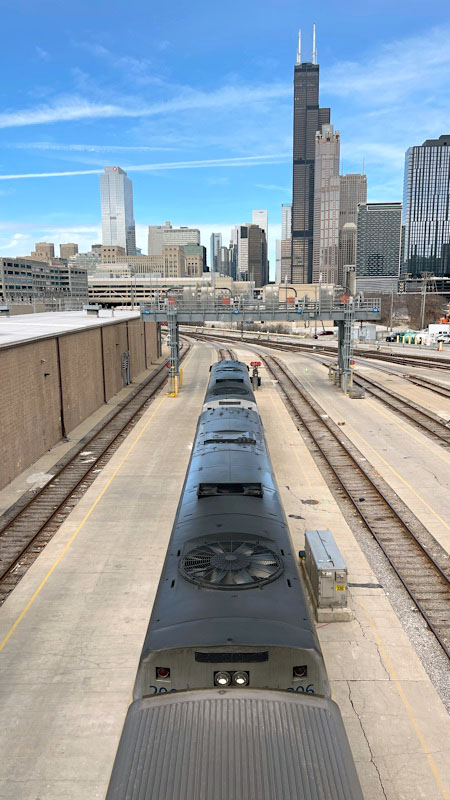
Mar 2023 / RWH
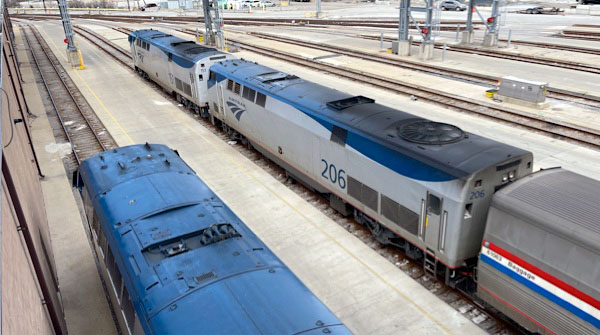
Mar 2023 / RWH
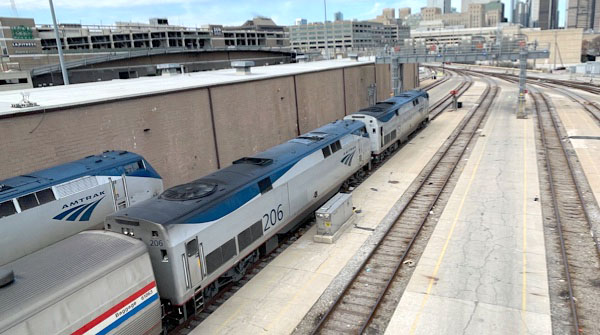
Mar 2023 / RWH
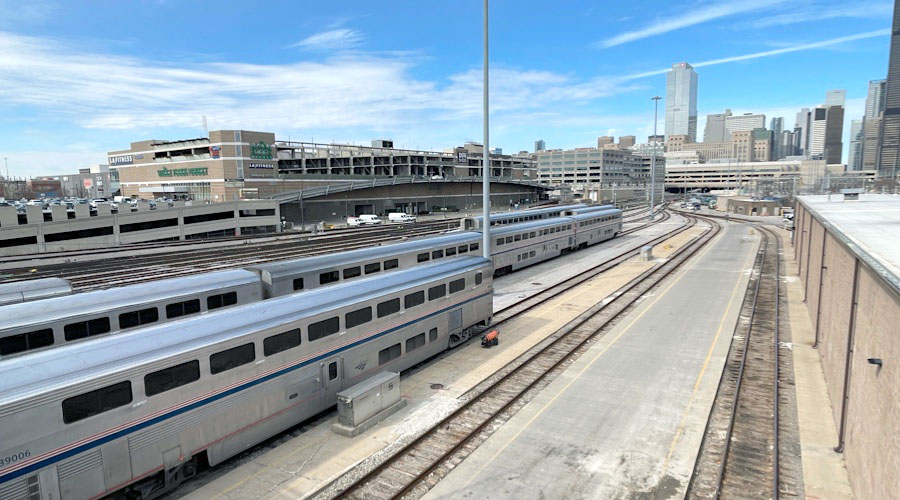
Chicago, Il / Mar 2023 / RWH
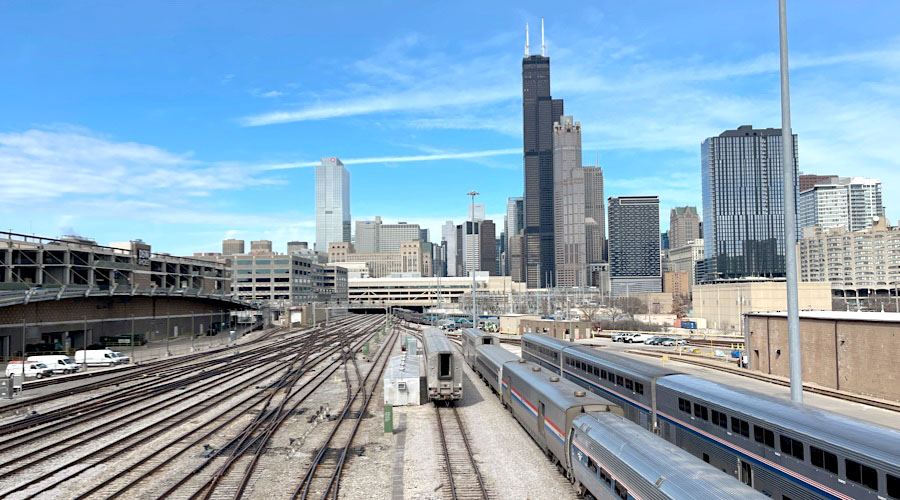
Chicago, Il / Mar 2023 / RWH
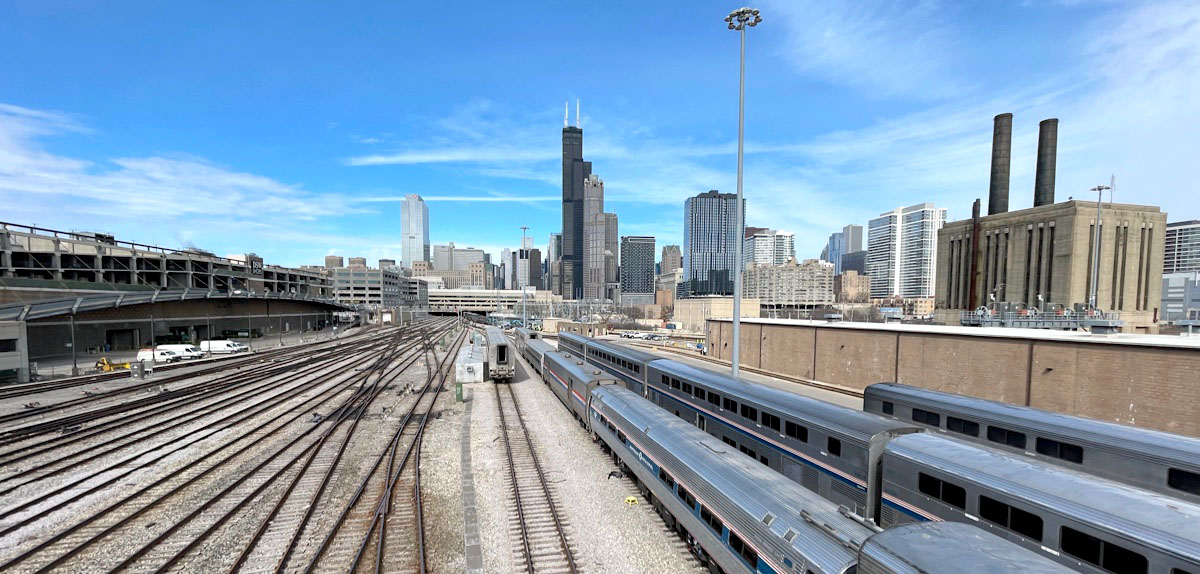
Chicago, Il / Mar 2023 / RWH

Chicago, Il / Mar 2023 / RWH

Chicago, Il / Mar 2023 / RWH
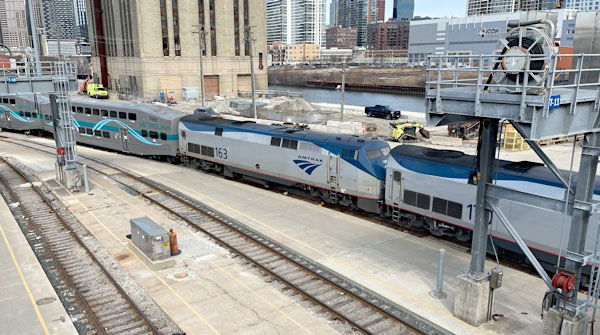
Chicago, Il / Mar 2023 / RWH
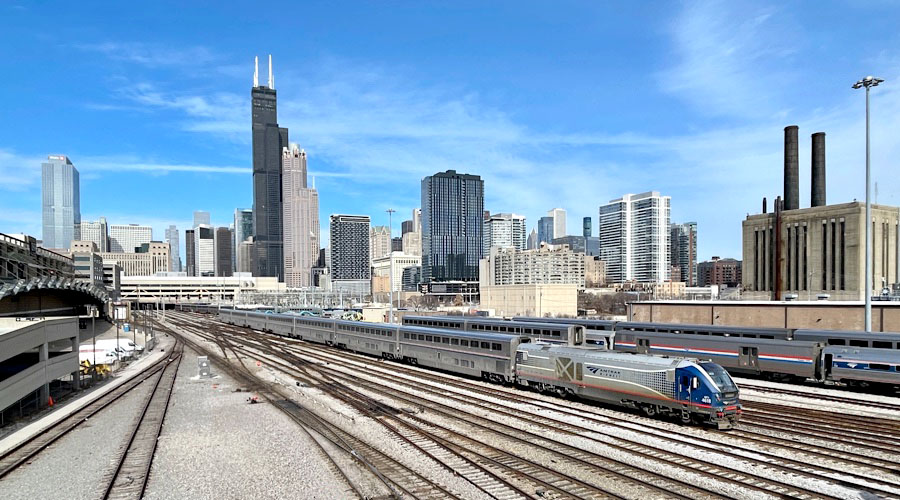
Chicago, Il / Mar 2023 / RWH
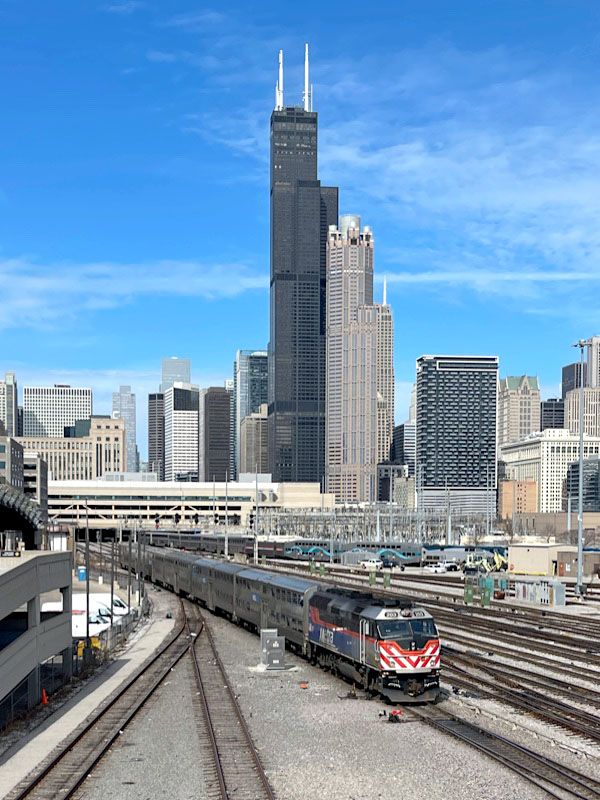
Chicago, Il / Mar 2023 / RWH
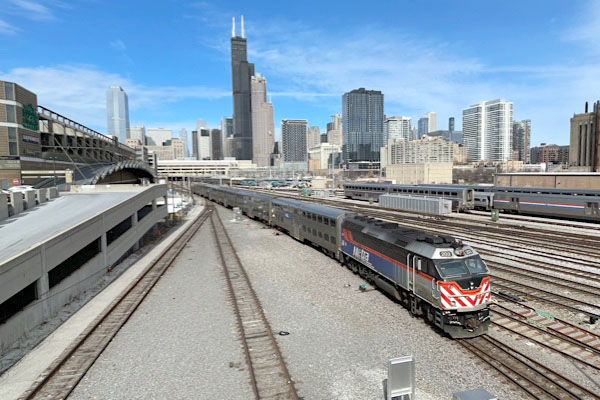
Chicago, Il / Mar 2023 / RWH
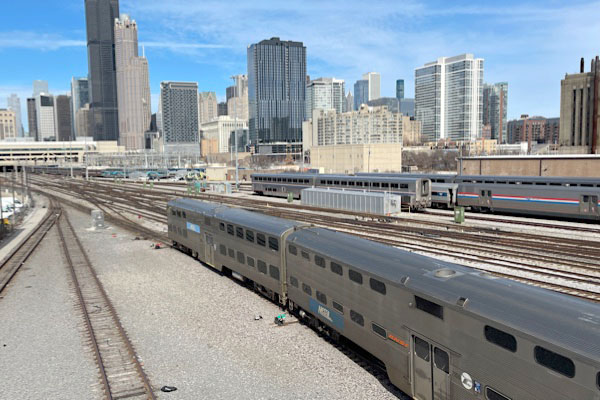
Chicago, Il / Mar 2023 / RWH
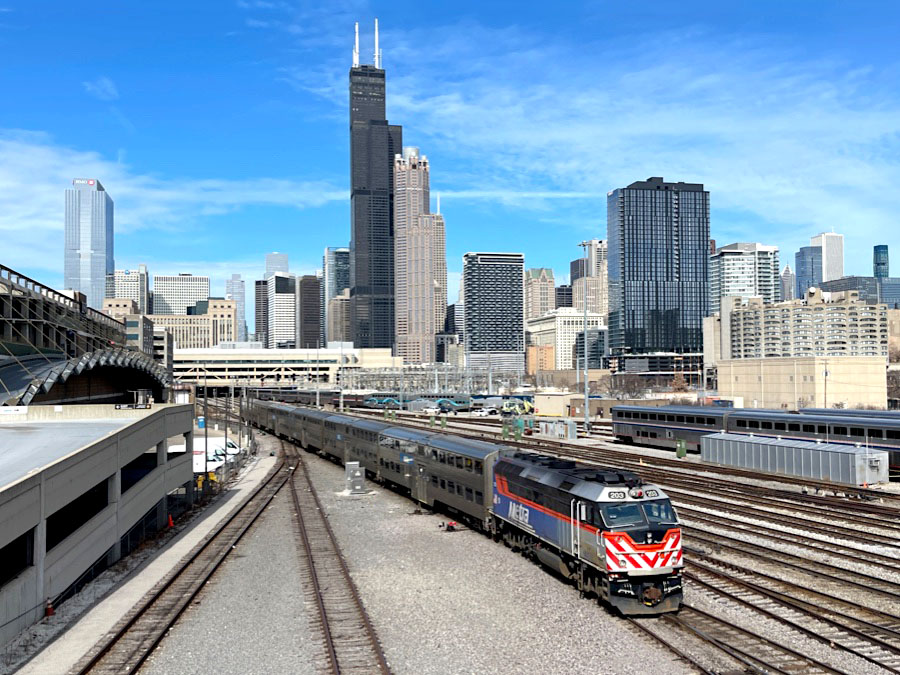
Chicago, Il / Mar 2023 / RWH

Chicago, Il / Mar 2023 / RWH
 Lagniappe
Lagniappe
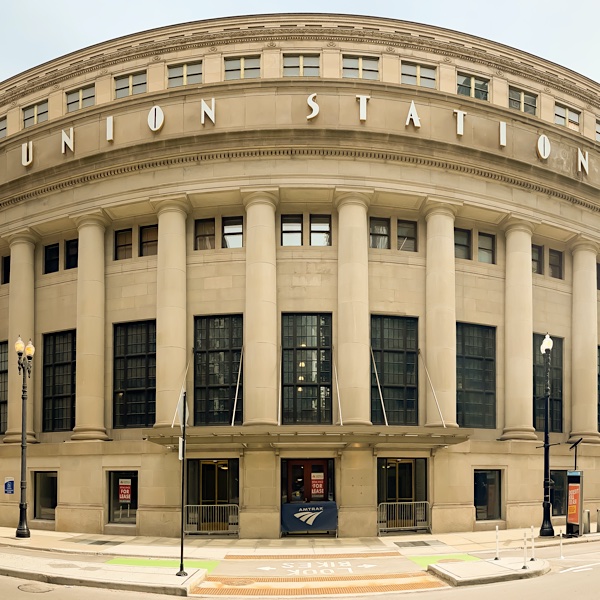

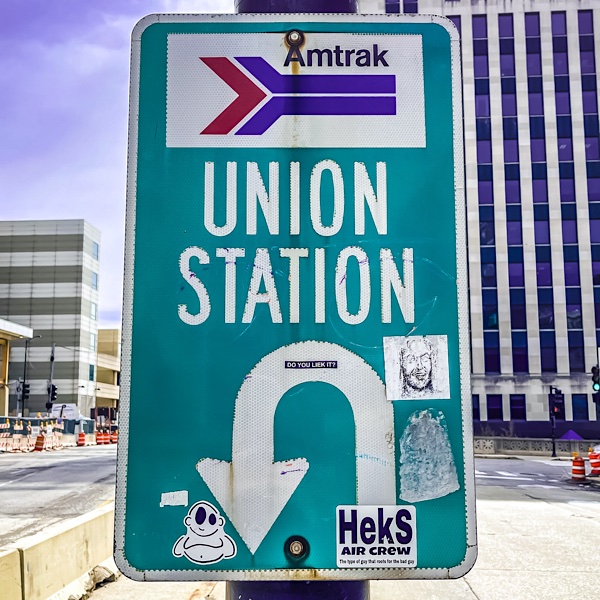

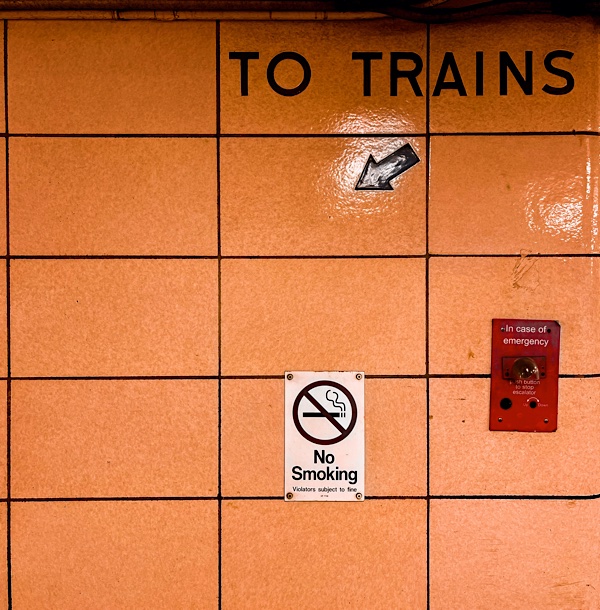

Union Station Undertones
Chicago, Il / Mar 2023 / RWH
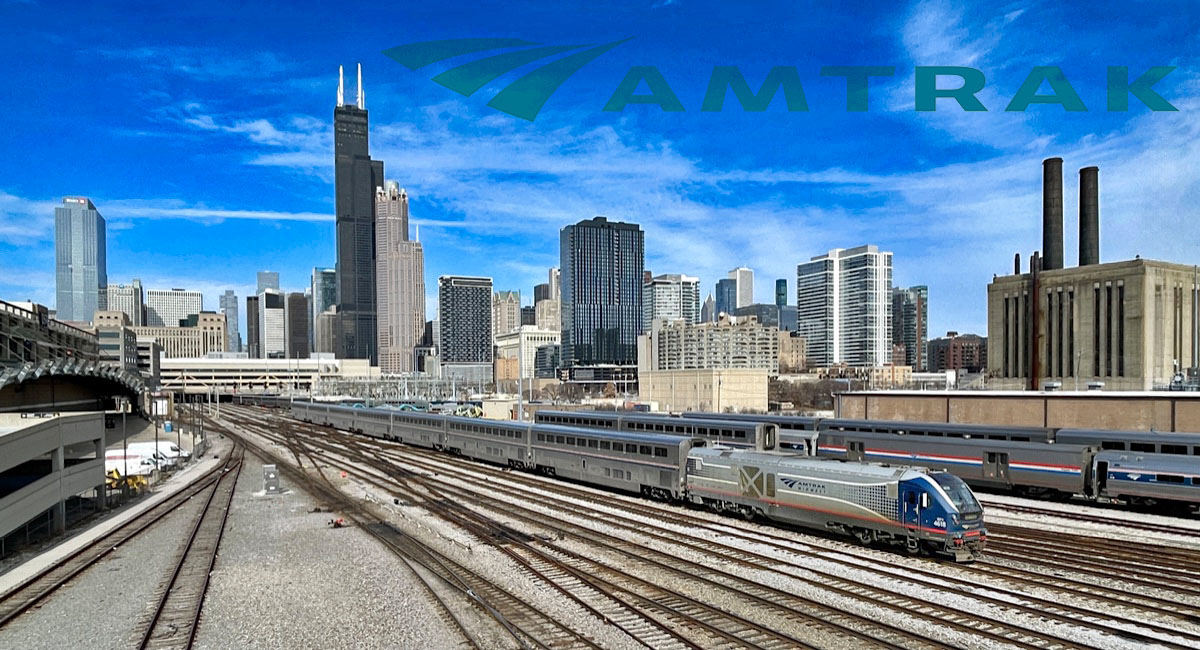
City Sighting
Mar 2023 / image and artwork RWH

Partial Eclipse
Mar 2023 / RWH
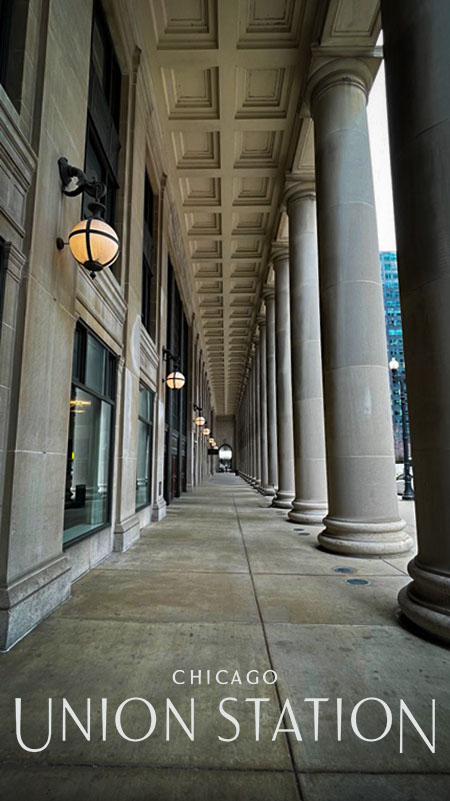
Undoubtably Union
image and artwork RWH
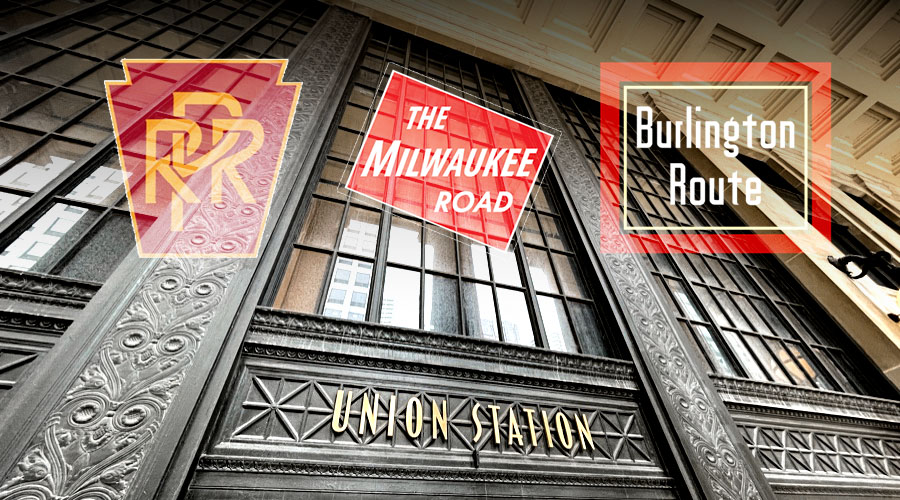
United We Stand
image and artwork RWH
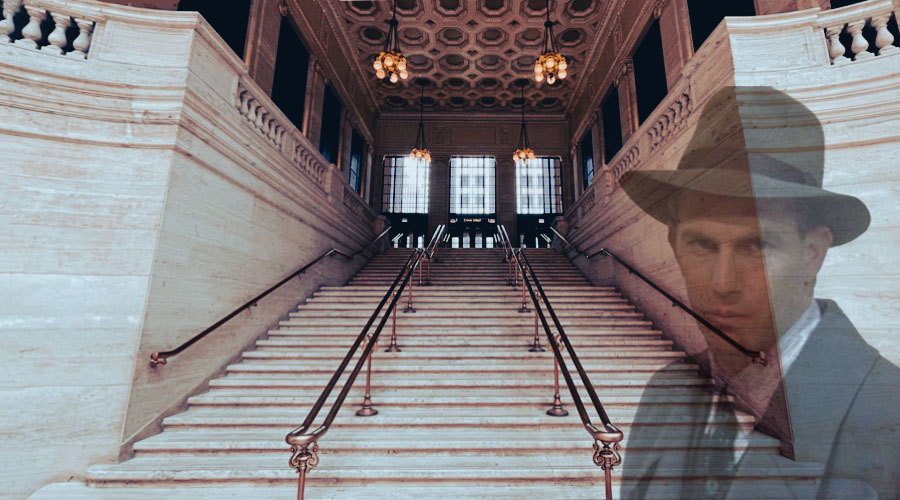
Untouchable Ascent
image and artwork RWH

Hints of Ionic
Mar 2023 / RWH

"To All Trains"
Mar 2023 / RWH
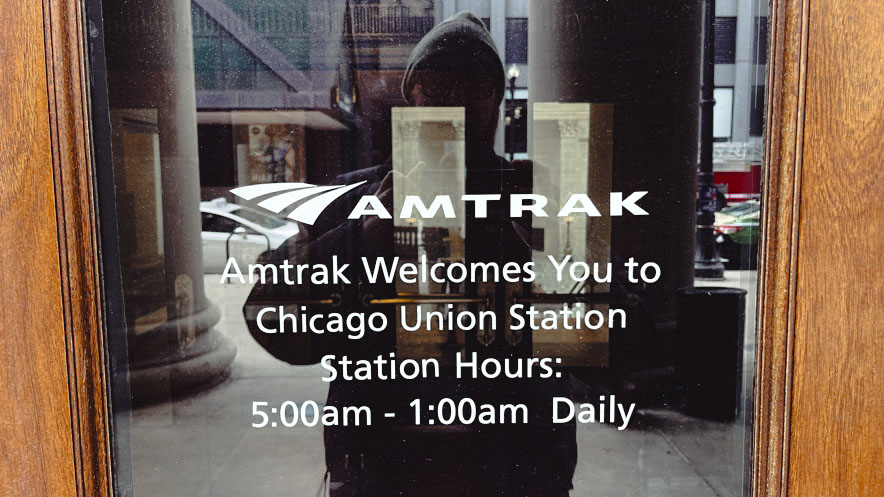
Union Man
Mar 2023 / RWH
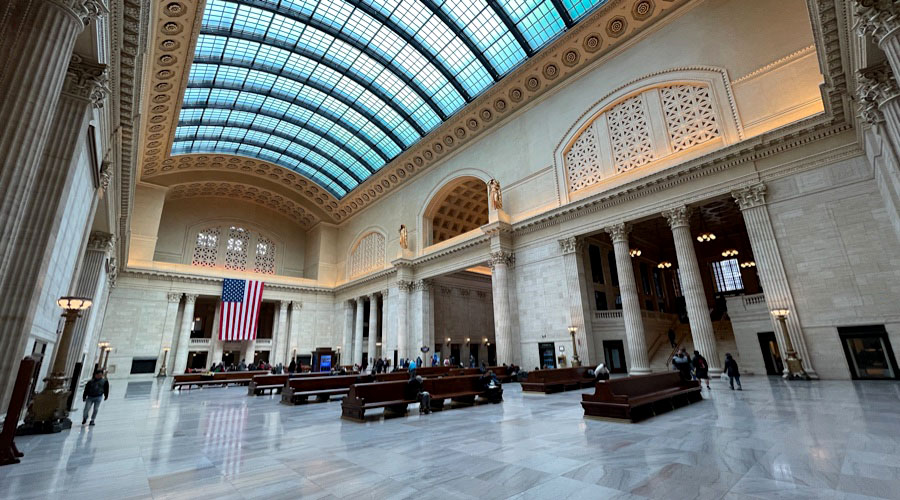
The Great Hall
Mar 2023 / RWH
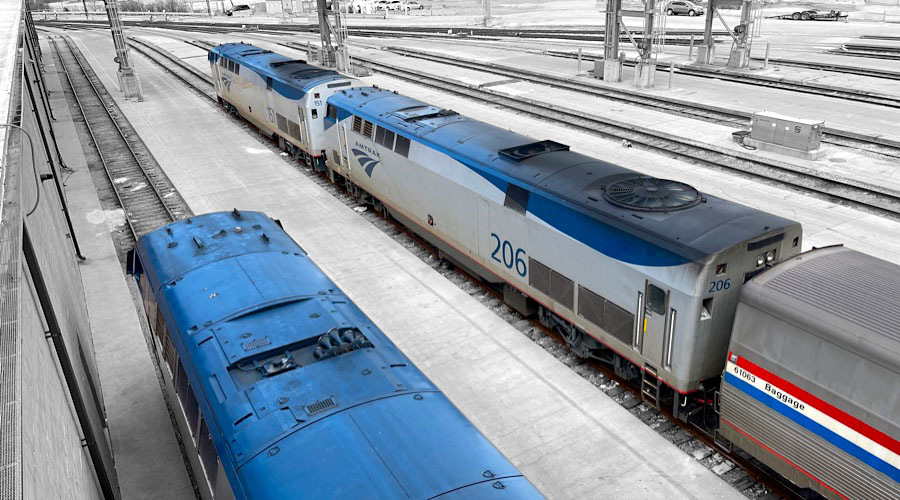
Genesis Gathering
Chicago, Il / Mar 2023 / RWH
 Snapshots
Snapshots
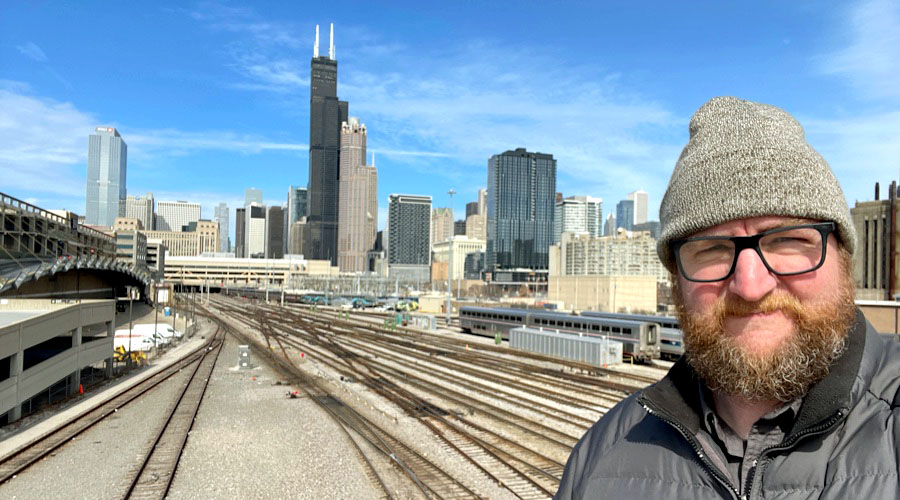
Chicago, Il / Mar 2023 / RWH

Chicago, Il / Mar 2023 / RWH
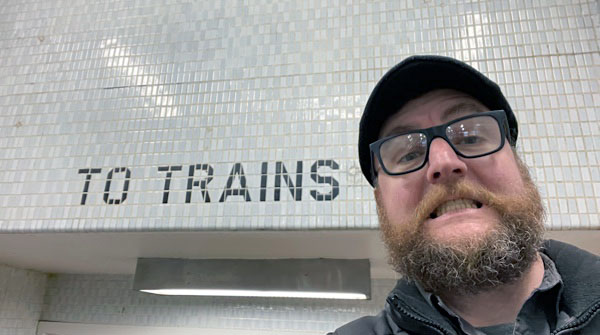
Chicago, Il / Mar 2023 / RWH

Chicago, Il / Sep 2023 / RWH
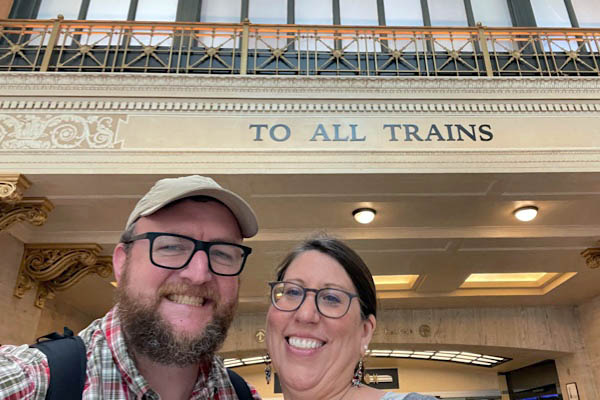
Chicago, Il / Sep 2023 / RWH
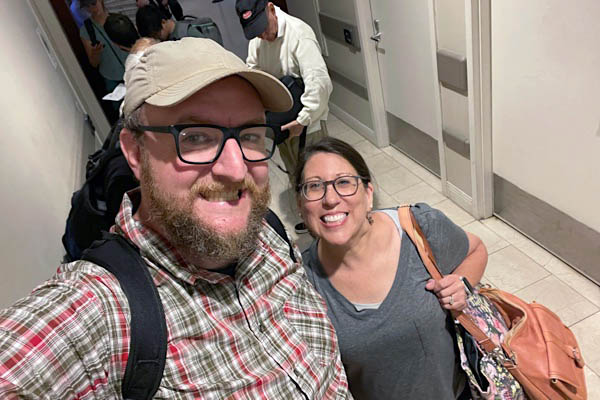
Chicago, Il / Sep 2023 / RWH
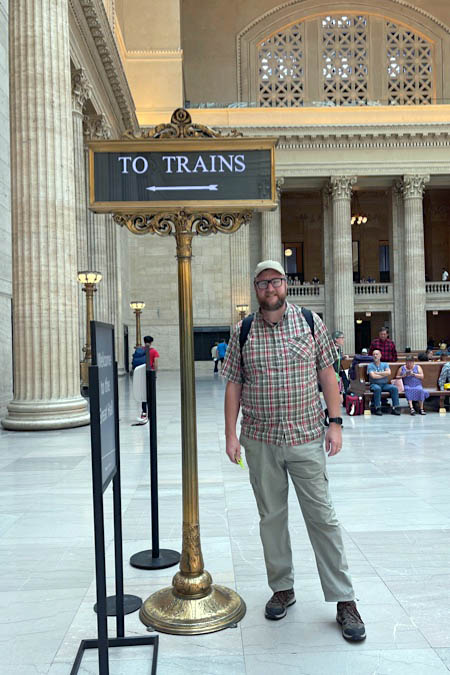
Sep 2023 / DKT

Chicago, Il / Sep 2023 / RWH
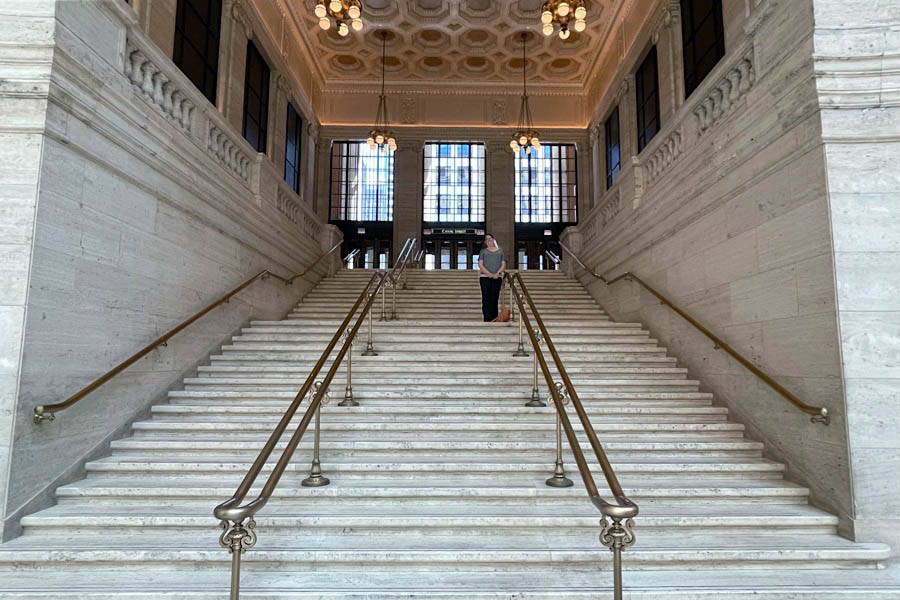
Chicago, Il / Sep 2023 / RWH
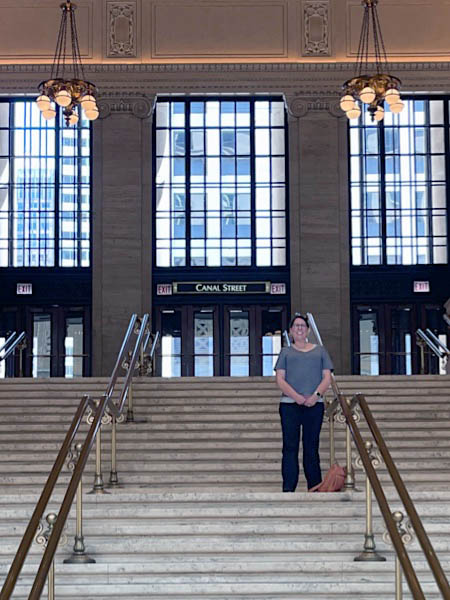
Sep 2023 / RWH

Sep 2023 / RWH
Links / Sources
- Great American Stations Chicago Union page
- Chicago Union Station official website
- Wikipedia article for Chicago Union Station
- Chicago Architecture Center Union Station page
